Last updated on March 26, 2024

Channel | Illustration by Rebecca Guay
Eternal formats are a really different kind of Magic than things like Standard and Pioneer. The decks are faster and more powerful, and sometimes broken things happen.
On MTG Arena, these format usually mean the investment of a lot of gems and wildcards to build a competitive deck, so today we’ll explore Arena’s classic Eternal format, Historic, and its newer, even more Eternal format, Timeless. We’ll give you what you need to know to decide whether or not to dip your toe in these pools.
What’s the Difference Between Timeless and Historic?

Thassa's Oracle | Illustration by Jesper Ejsing
Timeless, Magic’s newest format, is kind of starting with a bang, maybe even stealing Historic’s thunder? Historic was basically the most Eternal of formats on Arena until Timeless launched in December, 2023. Historic used almost everything on Arena, including every set released into Standard, Alchemy sets, various special releases like Lord of the Rings: Tales of Middle Earth, remastered Draft sets like Kaladesh Remastered, Historic and Explorer Anthologies, Jumpstart releases, Draft “bonus sheet” cards like the Strixhaven Mystical Archive, and the Arena Base set used for the Starter Decks.
But Historic has a banlist. Some of the cards on the list were banned from the outset, like Nexus of Fate; others were banned hand-in-hand with other formats, like Uro, Titan of Nature's Wrath. Still others were banned along the way, like Thassa's Oracle, and even more were preemptively banned upon the release of a card set, like Counterspell from the Strixhaven Mystical Archive and Ragavan, Nimble Pilferer from March of the Machine’s Multiverse Legends.
Historic also has suspended cards. It’s like they’re caught in a Detention Sphere, pulled from play but with wildcards unrefunded. There are no suspended cards at this time.
Historic also has nerfed and buffed cards from various Alchemy changes, which made Teferi, Time Raveler into a kind of unplayable card, and buffed Symmetry Sage, which made Izzet Wizards one of the best best-of-1 decks in the format.
Timeless is a bit simpler. All the cards banned in Historic are playable in Timeless. Nerfed and buffed cards revert to their original printing. But Alchemy-specific sets are included.
There are no bans at all in Timeless as of now, with three cards being restricted to one copy per combined main deck and sideboard:
Historic never seemed to be designed as a clear Eternal format, just as a place to play all your rotated Standard cards. Its function got murkier with the introduction of Explorer, an aspirational version of Pioneer, which contrasted pretty starkly with Historic’s Alchemized gameplay. The unique meta of Historic seemed to be something WOTC valued in their comments over time, and so it’s perhaps no surprise they explicitly designed Timeless as an Eternal Arena format, especially after successful Midweek Magic No Banlist Historic events.
Although there have been Historic tournaments, even at the pro level, it was never clear that the format has been curated with tournament play in mind.
There have been only a few non WOTC Timeless tournaments thus far and it is unclear what the future tournament scene, if any, will be.
Deckbuilding Differences
The metas are very different, so decks need to be constructed with this in mind. Timeless has a more powerful card pool and you can feel it pretty quickly when you venture into the format.
There’s good mana fixing with Khans of Tarkir‘s fetchlands and powerful 1-drops like Brainstorm, Dark Ritual, Swords to Plowshares, and Lightning Bolt. That means decks can find what they need faster. And cheaper spells means that strategies like storm and/or Underworld Breach-style recursion decks do much better in Timeless than in Historic.
Although Demonic Tutor is still awesome, there are many other viable tutors in the format, including Diabolic Intent, Beseech the Mirror, and even Assemble the Team at uncommon! So that means it’s easier for players to get access to their best cards, and Timeless also has more powerful cards at higher mana values that are worth building a deck around, like Natural Order, Sneak Attack, Necropotence, Wilderness Reclamation, and even Goblin Charbelcher, to name a few.
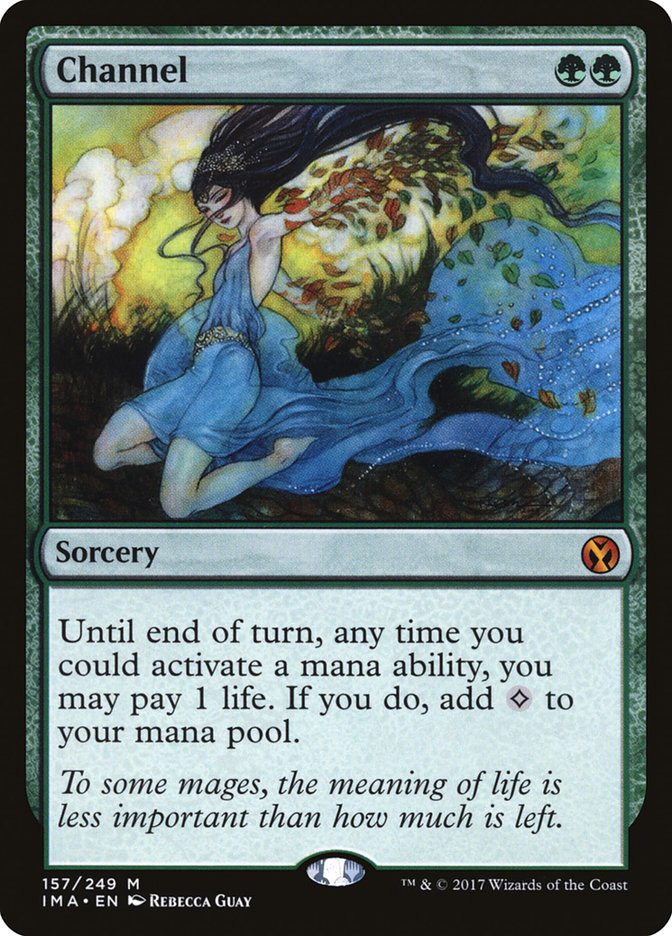
Finally, even though you can have only one copy of Channel, the card’s power level is insane and creates whole decks that pivot around it (see Charbelcher, again!).
Historic decks generally don’t work head-to-head against the best Timeless decks, although some, like Mono Green Devotion, are pretty similar in both formats. And there are some Historic decks that just don’t work in Timeless because the Alchemized digital buffs are missing. The most obvious is Izzet Wizards, which can’t function the same way without its buffed Symmetry Sage.
Sideboarding Strategies
Sideboards are about the meta, and a very different meta means different sideboards.
First, a card like Necropotence or Sneak Attack or Blood Moon can ruin your day a lot faster than Kethis, the Hidden Hand can in Historic. So you’ll see surgical sideboard cards like Necromentia, The Stone Brain, and even Test of Talents much more in Timeless.
Because storm decks work out better in Timeless, sideboarding against those strategies takes up a bit of real estate at the top of the meta. Timeless storm builds generally look to the graveyard with Underworld Breach or rest on an engine like Necropotence. So there are anti-graveyard cards abound, like Rest in Peace, Ashiok, Dream Render, Stone of Erech, and Unlicensed Hearse. Stopping the engines comes down to cards like Pithing Needle, Damping Sphere, Deafening Silence, and Phyrexian Revoker.
These cards show up in Historic sideboards, but there’s a lot more real estate dedicated to removal spells in Historic sideboards.

Veil of Summer is also a significant difference; it’s a great card for green decks to sideboard in, but it’s banned in Historic.
Gameplay Differences
Timeless is really, really different because of its speed and power level. That’s not to say that there aren’t functionally similar decks that can be played in both formats, but overall, the power level of cards in Timeless really changes a lot of the metagame, which is likely why some of those cards were banned from Historic in the first place!
There are a few decks where resolving a Channel can win the game on the spot, with a Goblin Charbelcher in one case or a Realmbreaker, the Invasion Tree in another. And the combination of Demonic Tutor, Dark Ritual, Beseech the Mirror, and Necropotence make it that much easier to find wincons and rush them into play.
That’s just one element of the format, but it underlies the absolute speed. You can lose to a Sneak Attack on turn 3. And various Underworld Breach decks, enabled by the Rituals and charged by a card as innocuous looking as Mishra's Bauble on turn 2. And the fetches synergize excellently with Brainstorm, with the old trick of cracking a fetch to shuffle away whatever you don’t want off the top of your library.
So overall, it’s just a very different experience. Many cards just play differently in the two formats. Drown in the Loch is the best example. In Historic, this is pretty much a rogues deck only experience. But this is a staple control card in Dimir or Esper in Timeless. With fetch lands and Mishra's Bauble stacking graveyards and given how many cards cost less than 4 mana in Timeless, Drown often acts like an always-on choice of Counterspell and a better Doom Blade. Adjusting expectations in this way is key to understanding the new format.
Ok. Let’s take a breath. There are still midrange decks and control decks in Timeless, more as the weeks go on and people figure out the meta to fight. And those all arguably have more tools than similar decks in Historic, like Swords to Plowshares, Oko, Thief of Crowns and good ol’ Counterspell, but this early in the format, you’ll find less of those.
As the meta solidifies, it’ll also get easier to enter the Timeless space.
Timeless Decks
The top decks thus far in an ever-changing meta (link to my overall Timeless article here) are legion, but here’s a few options to introduce you to the format.
Dimir Control
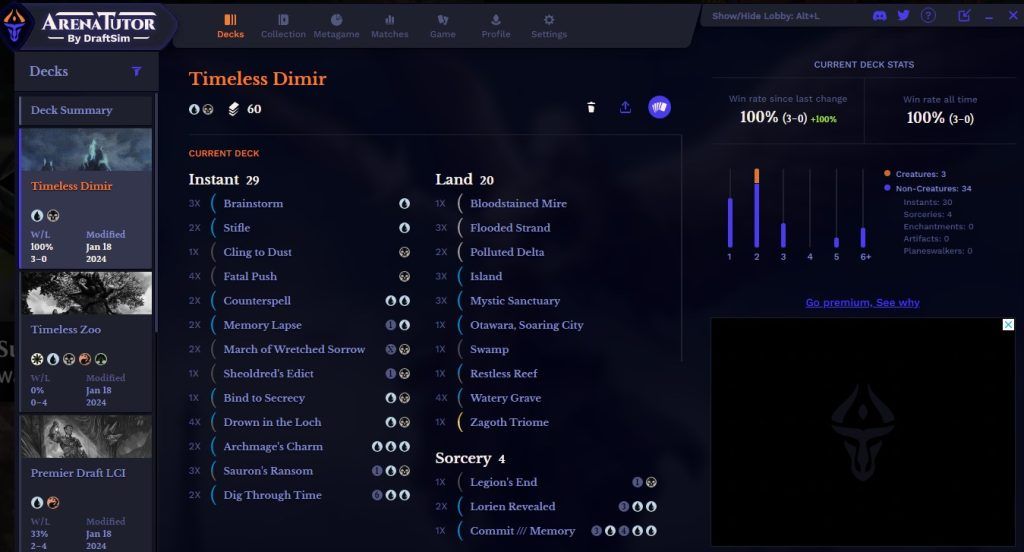
Companion (1)
Creatures (3)
Orcish Bowmasters x2
Snapcaster Mage
Instants (25)
Fatal Push x4
Brainstorm x3
Stifle x2
Counterspell x2
Sheoldred's Edict
Drown in the Loch x4
Bind to Secrecy
Archmage's Charm x2
Sauron's Ransom x3
Dig Through Time x2
Commit // Memory
Sorceries (3)
Legion's End
Lórien Revealed x2
Artifacts (4)
Lands (20)
Bloodstained Mire
Flooded Strand x3
Polluted Delta x2
Island x3
Restless Reef
Mystic Sanctuary x3
Watery Grave x4
Swamp
Otawara, Soaring City
Zagoth Triome
Sideboard (15)
Lurrus of the Dream-Den
Spell Pierce x2
Cut Down x2
Aether Gust x2
Lonely End
Sheoldred's Edict
Thoughtseize x2
Demonic Tutor
Pithing Needle
Stone of Erech
The Filigree Sylex
If you haven’t used Draftsim’s free Arena Tutor supplement to MTG Arena, now’s a great time to check it out. It has a Metagame tab which now includes Timeless, some AI help for Draft, and my absolute favorite part, the ability to click on an “earlier version of this deck,” which is great as you adjust the deck to a meta but then need to backtrack if you’ve dug too greedily and too deep into the well of desperation!
My version of this deck reduces the number of individual spells in order to increase the number of toolbox hits for Snapcaster Mage and Dig Through Time. I might increase the number of Snapcasters, but I’ve been doing well at Mythic with this list, so I’ll hold for now. This deck works once you know what the opposing decks are trying to do and can stop combos when they go off and hit the right creatures at the right time.
Stifle is brutal against combos and fetchlands. If they Dark Ritual into something you can Memory Lapse it feels like game over. Cracking a fetch on their end step to get Mystic Sanctuary and put something good on top is bonkers. Sauron's Ransom is a great follow-up since Arena remembers the visible card for you. Remember, Ransom avoids the Orcish Bowmasters problem with card draw.
Domain Zoo
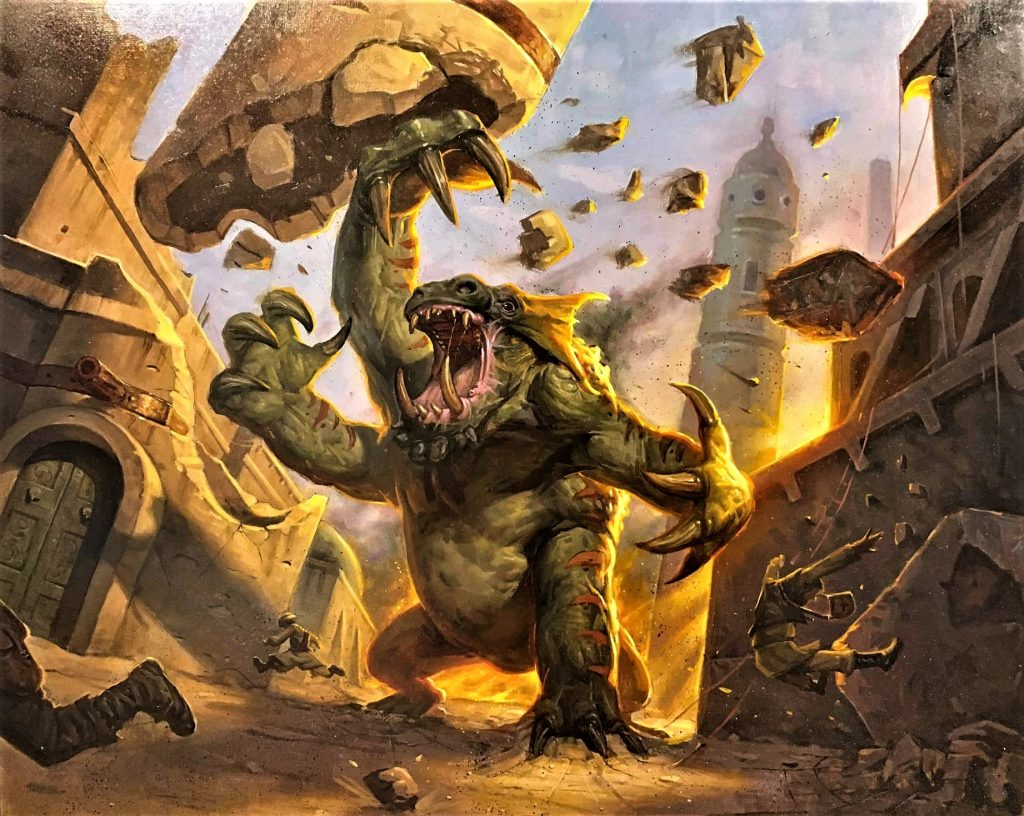
Territorial Kavu | Illustration by E. M. Gist
Companion (1)
Creatures (23)
Deathrite Shaman x2
Ragavan, Nimble Pilferer x4
Wild Nacatl x4
Inti, Seneschal of the Sun x2
Nishoba Brawler x3
Orcish Bowmasters x4
Territorial Kavu x4
Instants (8)
Lightning Bolt x4
Stubborn Denial x4
Sorceries (4)
Enchantments (4)
Lands (21)
Forest
Plains
Wooded Foothills x4
Breeding Pool
Steam Vents
Flooded Strand x4
Windswept Heath x4
Sacred Foundry
Overgrown Tomb
Temple Garden
Savai Triome
Zagoth Triome
Sideboard (15)
Jegantha, the Wellspring
Pithing Needle x2
Spell Pierce
Veil of Summer x2
Rest in Peace x3
Strict Proctor x4
Tear Asunder x2
For a while now I’ve suspected this was the best deck in the format.
It’ll remind you of Domain Zoo lists from Modern, but add Orcish Bowmasters. And Lightning Bolt is a huge upgrade from Historic’s lists. Generally you turn creatures sideways as fast as you can and finish them off with a Bolt or Tribal Flames to the face. Stubborn Denial hard countering combo pieces on turn 3 is money in the bank so often.
Rakdos Breach

Dragon's Rage Channeler | Illustration by Martina Fackova
Companion (1)
Creatures (15)
Dragon's Rage Channeler x4
Stitcher's Supplier x4
Orcish Bowmasters x4
Ragavan, Nimble Pilferer x3
Instants (8)
Dark Ritual x4
Fatal Push x2
Lightning Bolt x2
Sorceries (9)
Demonic Tutor
Thoughtseize x4
Tendrils of Agony
Diabolic Intent x3
Enchantments (4)
Artifacts (4)
Lands (20)
Phyrexian Tower
Blackcleave Cliffs x3
Blood Crypt x2
Wooded Foothills x2
Bloodstained Mire x4
Polluted Delta x4
Mountain
Swamp x3
Sideboard (15)
Tormod's Crypt x2
Feed the Swarm x2
Lurrus of the Dream-Den
Grapeshot
Molten Collapse x2
Deathrite Shaman x3
Chromatic Sphere
Pithing Needle
Unlicensed Hearse
Abrade
An early candidate for strongest deck in the format, even if that status is shifting, this deck showcases the power and speed of Timeless as a format more than any other. It’s capable of winning seemingly out of nowhere and can often fight through countermagic with the backup Dragon's Rage Channeler beatdown plan.
Historic Decks
Of course there are loads of black and Rakdos midrange piles in the format. There’s also loads of pet decks, including affinity, gates and reanimator combos. But I’ll highlight maybe the oldest tier-1 deck in the format, and the newest.
Izzet Wizards
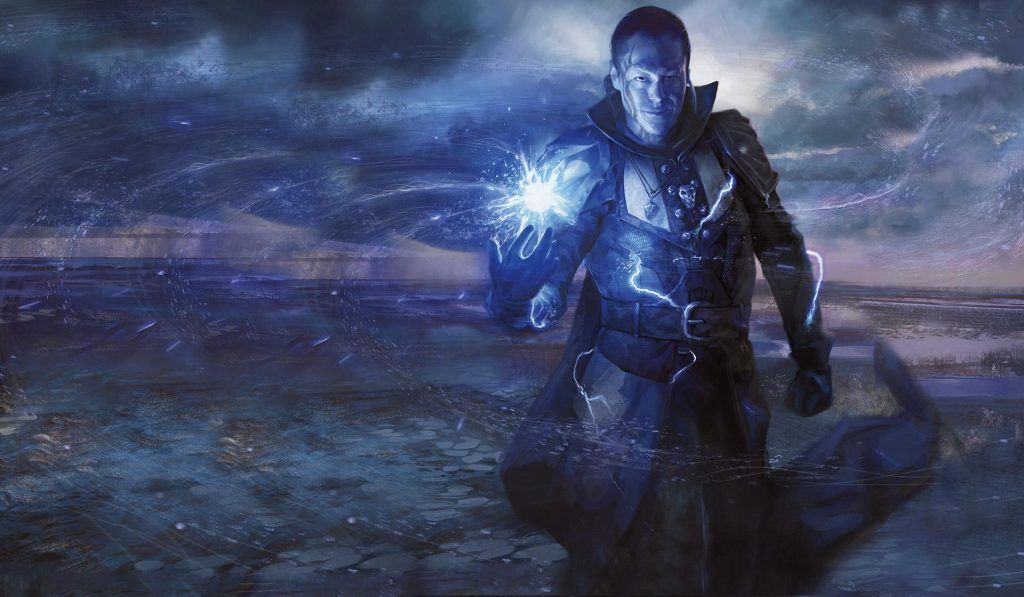
Snapcaster Mage | Illustration by Ryan Alexander Lee
Companion (1)
Creatures (18)
Symmetry Sage x4
Soul-Scar Mage x4
Balmor, Battlemage Captain x2
Dreadhorde Arcanist x4
Snapcaster Mage x4
Instants (12)
Flame of Anor x4
Shore Up x4
Wizard's Lightning x4
Sorceries (10)
Mentor's Guidance x4
Reckless Charge x4
Strangle x2
Lands (20)
Den of the Bugbear
Riverglide Pathway / Lavaglide Pathway x4
Spirebluff Canal x4
Steam Vents x4
Stormcarved Coast x4
Mana Confluence x3
Probably the poster child for the format, this best-of-1 powerhouse is all over the ladder.
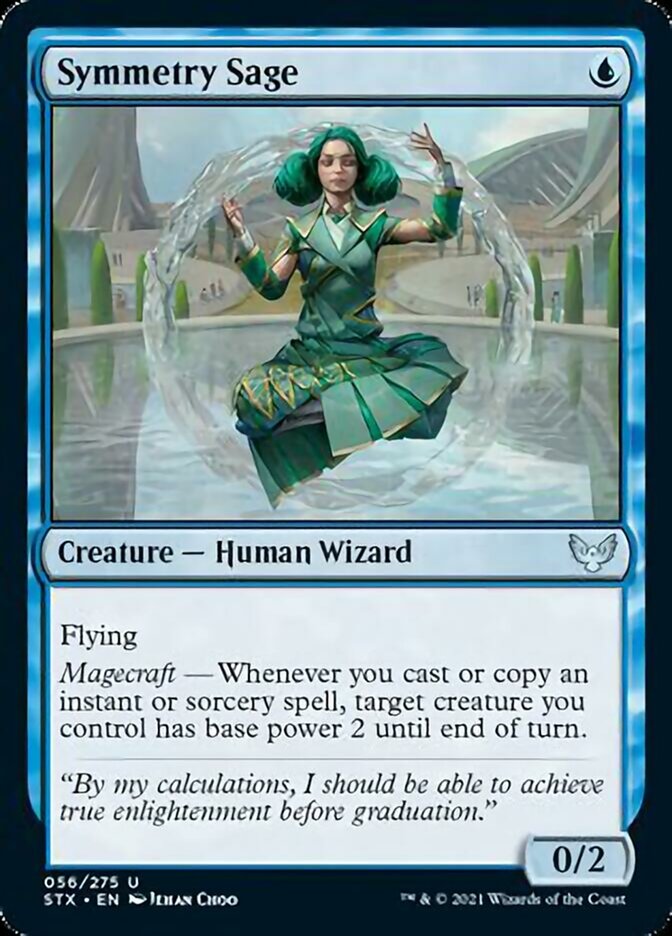
There are tons of different versions, but all use the Alchemy buffed Symmetry Sage as a centerpiece. Capable of regular turn-3 wins, this deck has two primary builds, with a lot of decks that do a bit of both according to player taste.
Many lists run faster spells like Sleight of Hand to go wide with a prowess-ish Balmor, Battlemage Captain.
I prefer Snapcaster Mage and Flame of Anor with Shore Up to protect my biggest threat (and also often buffing Dreadhorde Arcanist just enough to get a 2-drop out of the graveyard). I also #hottake think the Alchemy buffed Mentor’s Guidance is better than stalwart Expressive Iteration for this deck. It digs one card further and the auto-copy gets you two Sage triggers.
Appraiser Combo
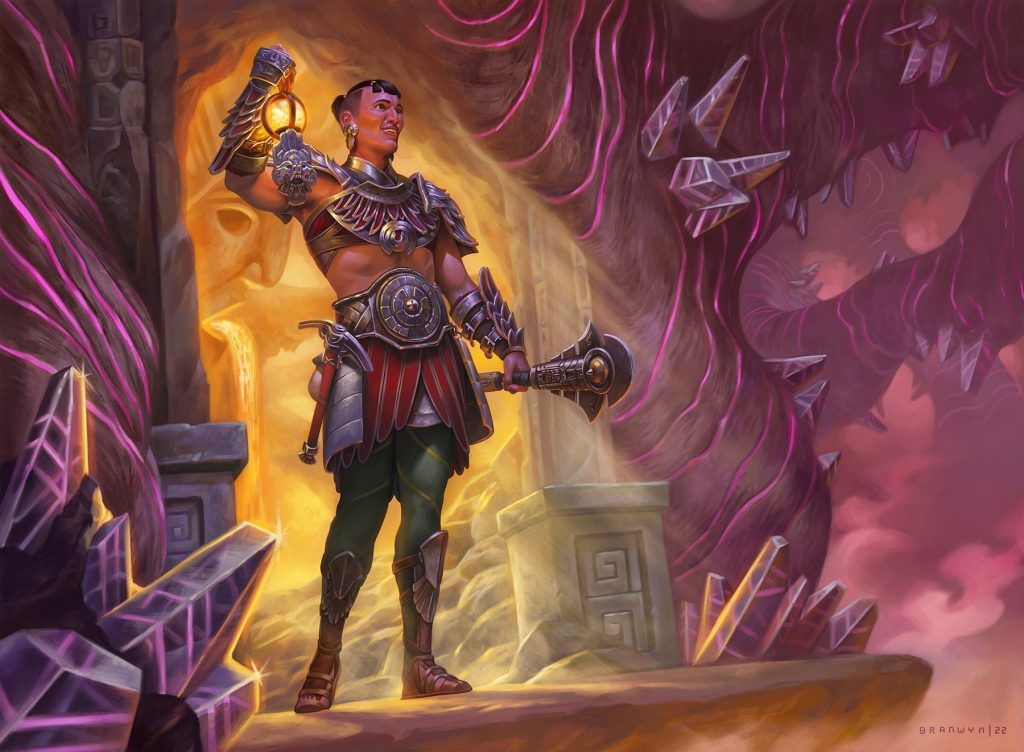
Geological Appraiser | Illustration by Alix Branwyn
Companion (1)
Creatures (18)
Glasspool Mimic x4
Geological Appraiser x4
Doomskar Titan
Torrential Gearhulk x4
Trumpeting Carnosaur x4
Ghalta, Stampede Tyrant
Instants (15)
Repudiate/Replicate x4
Discontinuity x3
Creative Outburst x4
Magma Opus x4
Sorceries (4)
Lands (23)
Island
Mountain
Steam Vents x4
Cavern of Souls
Thespian's Stage
Mana Confluence
Temple of Epiphany
Lotus Field x4
Clearwater Pathway
Cragcrown Pathway x2
Riverglide Pathway x2
Rockfall Vale x2
Boseiju, Who Endures
Otawara, Soaring City
Sideboard (15)
Keruga, the Macrosage
Chandra, Awakened Inferno x2
Reduce/Rubble x3
Thought Distortion x3
Consign/Oblivion x2
Bedeck/Bedazzle x4
You’ve likely run into versions of decks breaking Geological Appraiser across formats, and I’ve lost to something really close to this decklist by a pilot in Timeless, so it can really work. This decklist by sandoiche shows how powerful this deck is, but also some of the complex lines that it can generate.
The simplest interaction is to Geological Appraiser into perhaps a Glasspool Mimic or two, but really Eldritch Evolution, which gives you access to your toolbox of 6-drop creatures, usually Trumpeting Carnosaur to spin the wheel one more time, sometimes Torrential Gearhulk for a Magma Opus, and often Doomskar Titan to give everything haste.
But that just scratches the surface of the complicated lines when you can’t find an Appraiser or it gets countered. A powerful and fun deck to pilot.
Timeless and Historic Communities
Folks are really digging into Timeless, and you can find plenty of streamers and ‘tubers showing off their creations. There are also some growing communities online dedicated to exploring the format. Two of my favorite places to check out are Draftsim’s Discord, which has a Timeless channel, and reddit, which has a /r/TimelessMagic subreddit.
Wrap Up
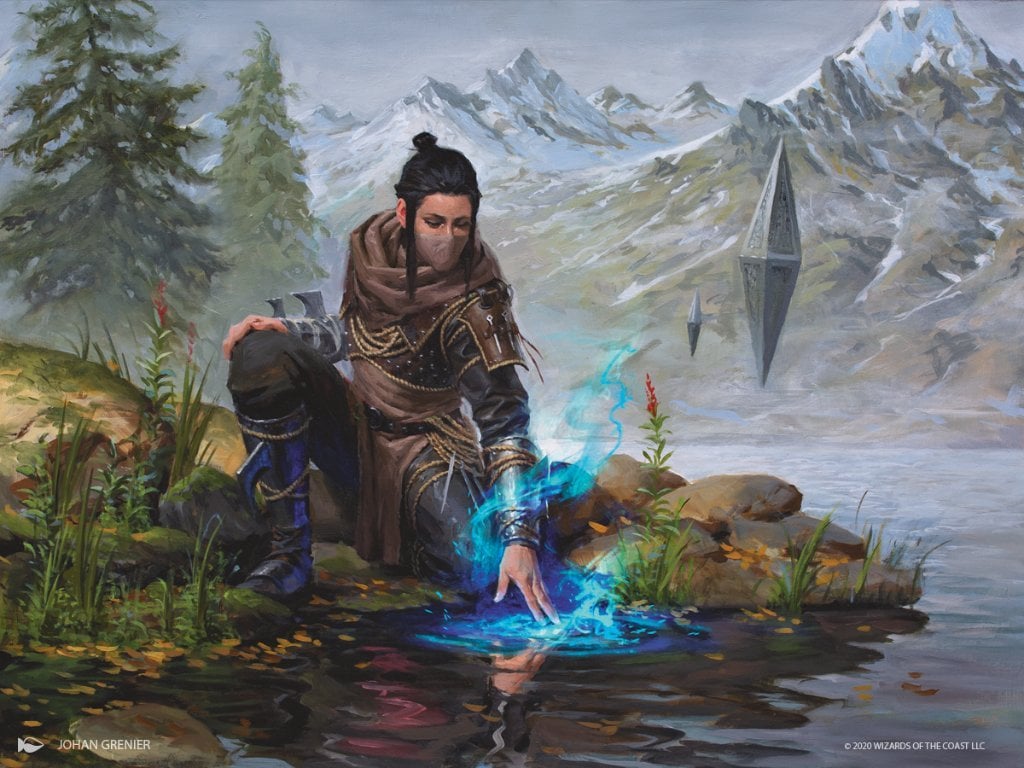
Glasspool Mimic | Illustration by Johan Grenier
I’ve long enjoyed Historic for the different gameplay experience it gives to the other formats on Arena. But now, Timeless has taken over my imagination and it has quickly become my preferred format. I still love Standard and the reasonably healthy meta there right now, but the boomer in me just likes casting Dark Ritual, Counterspell, and Lightning Bolt. Is that so wrong?
If you’re about to try out Arena’s Eternal space, come back and let us know how it goes. And if you’re a Historic and Timeless veteran, let us know what you think are some key similarities and differences we might’ve missed.
Happy brewing!
Follow Draftsim for awesome articles and set updates: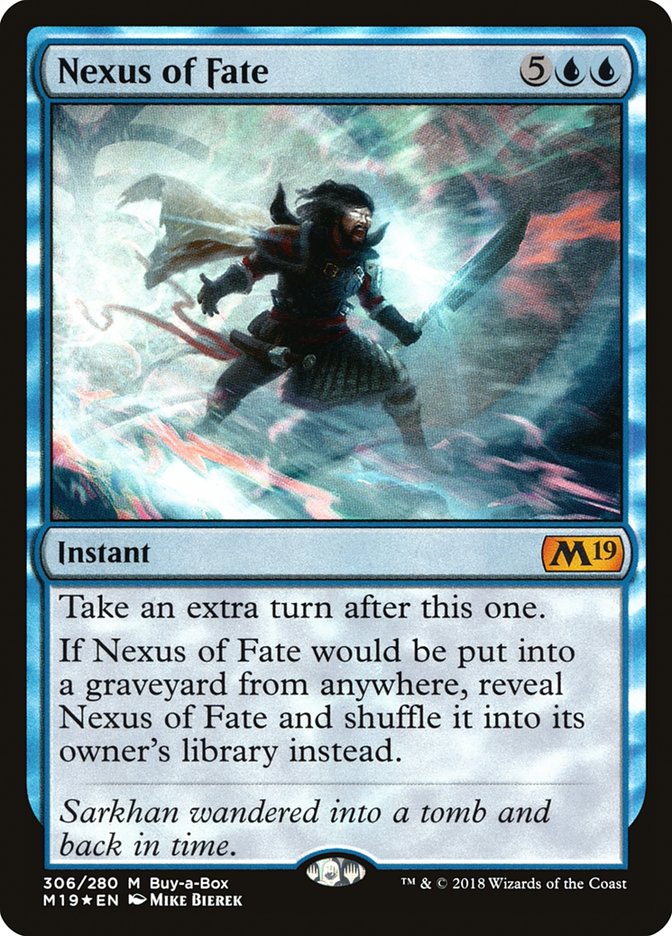
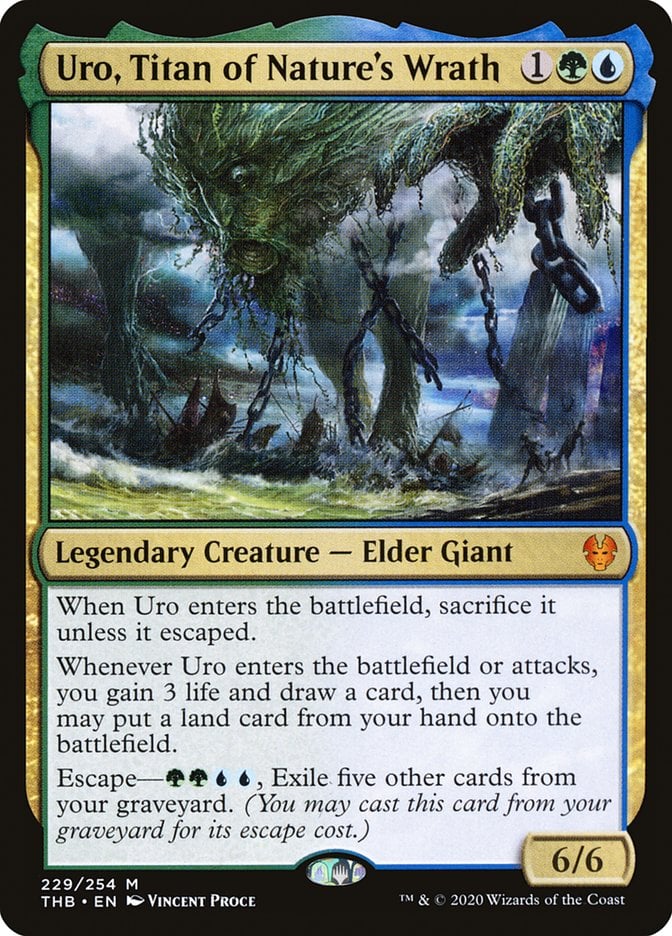
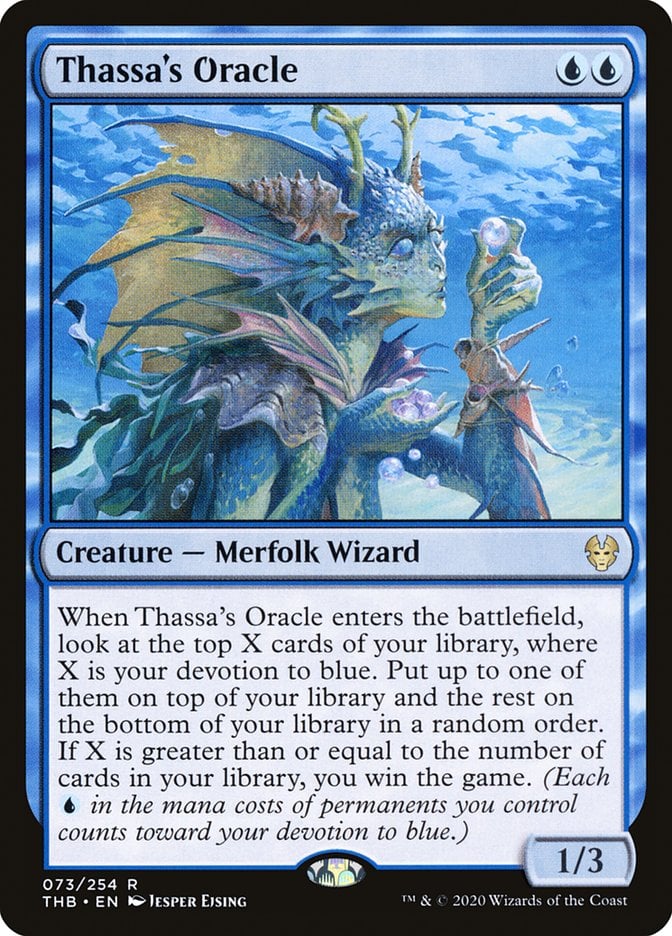
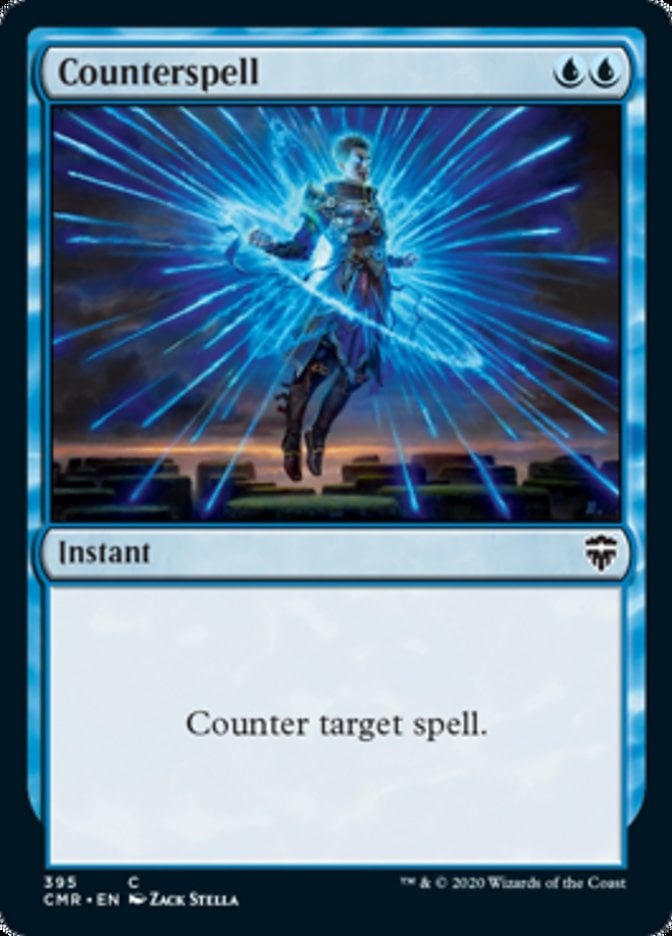
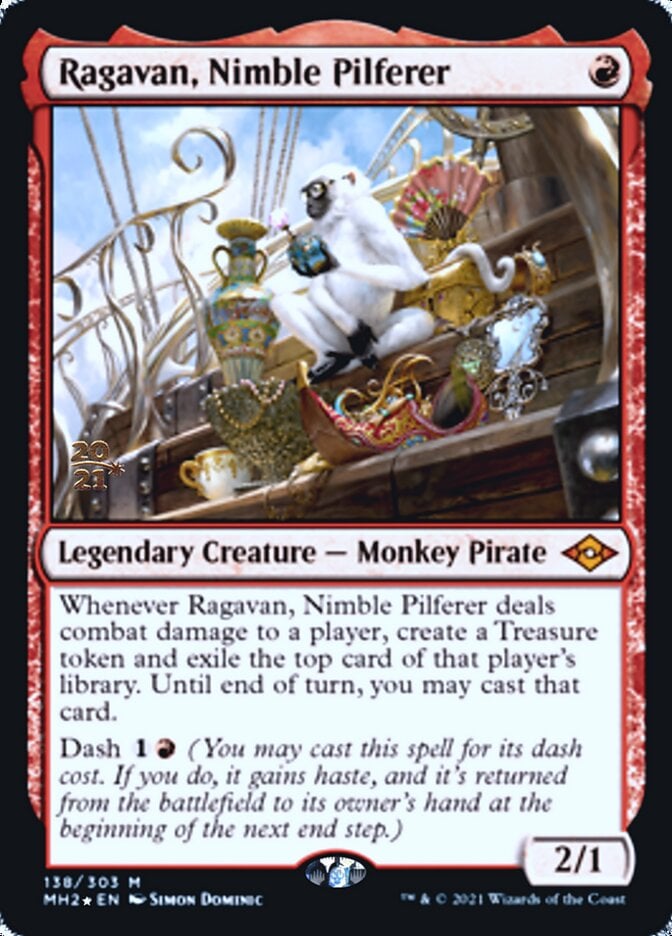

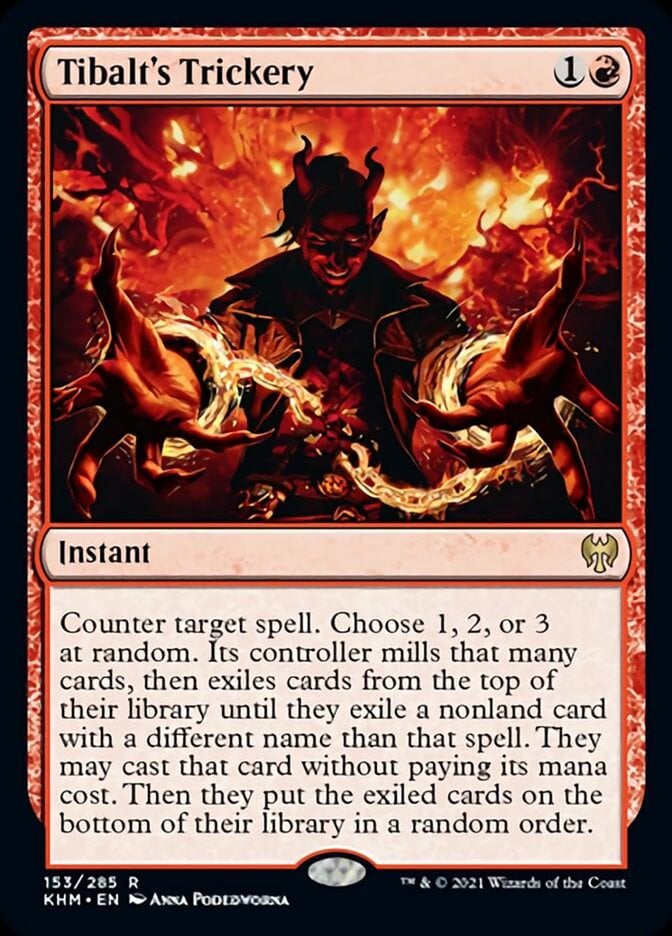
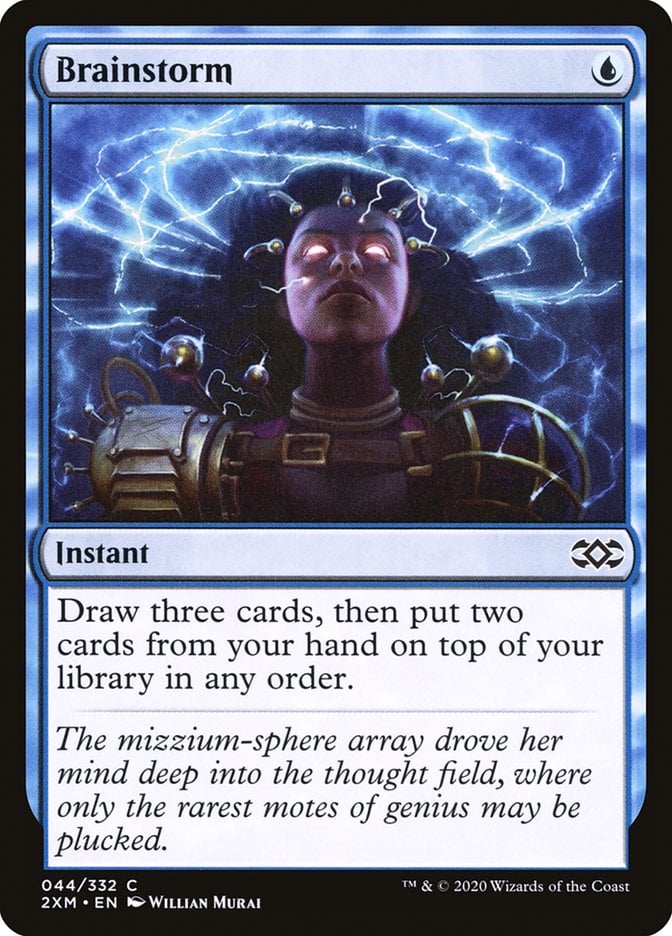
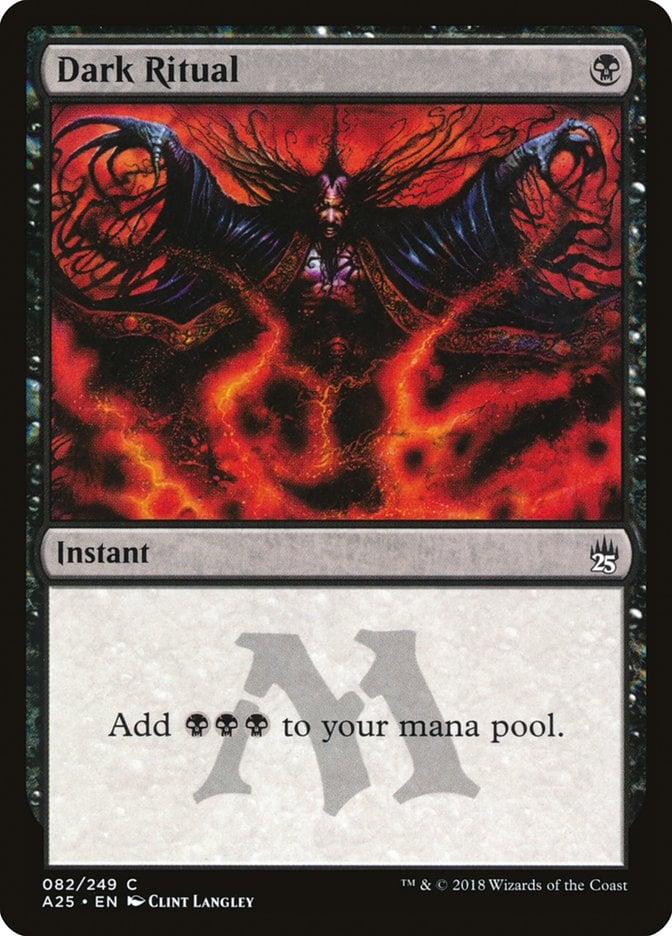
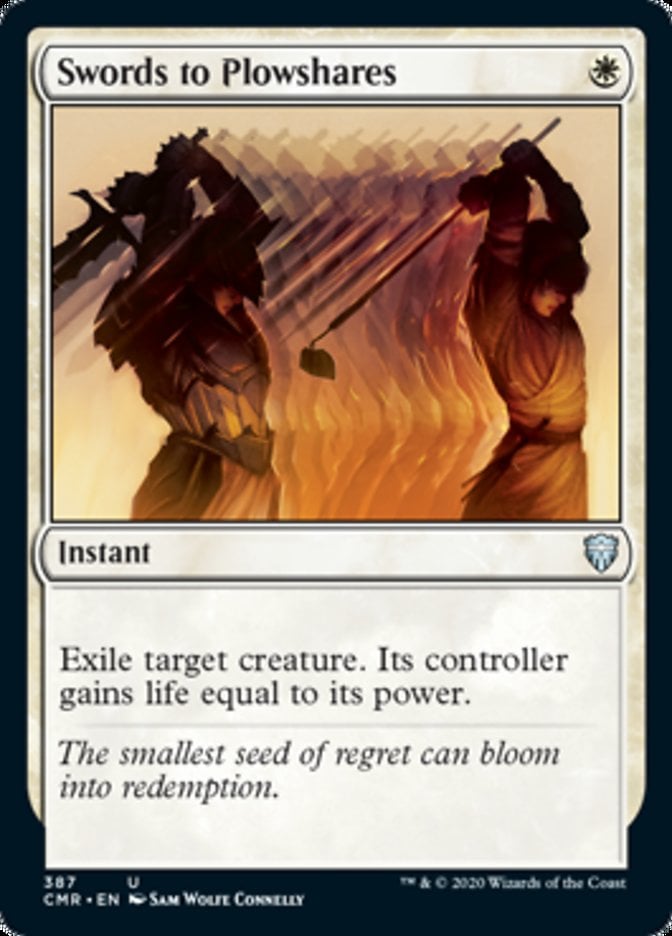
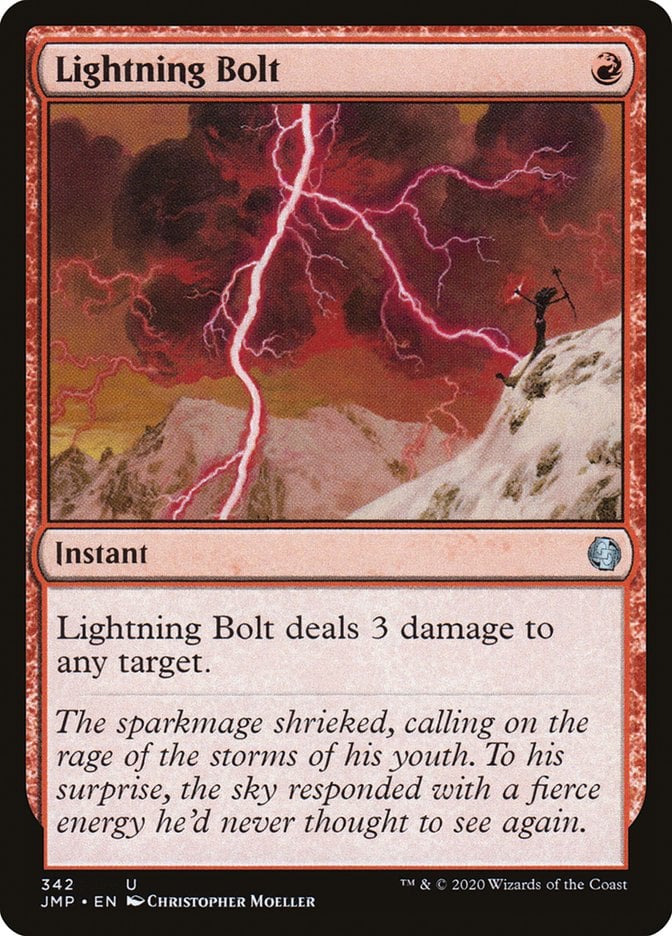



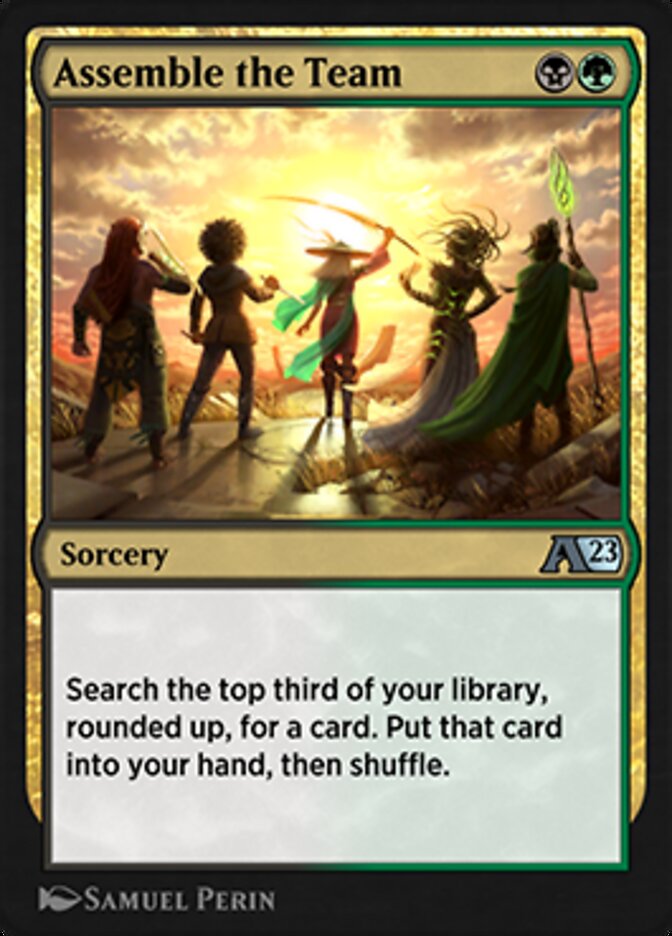

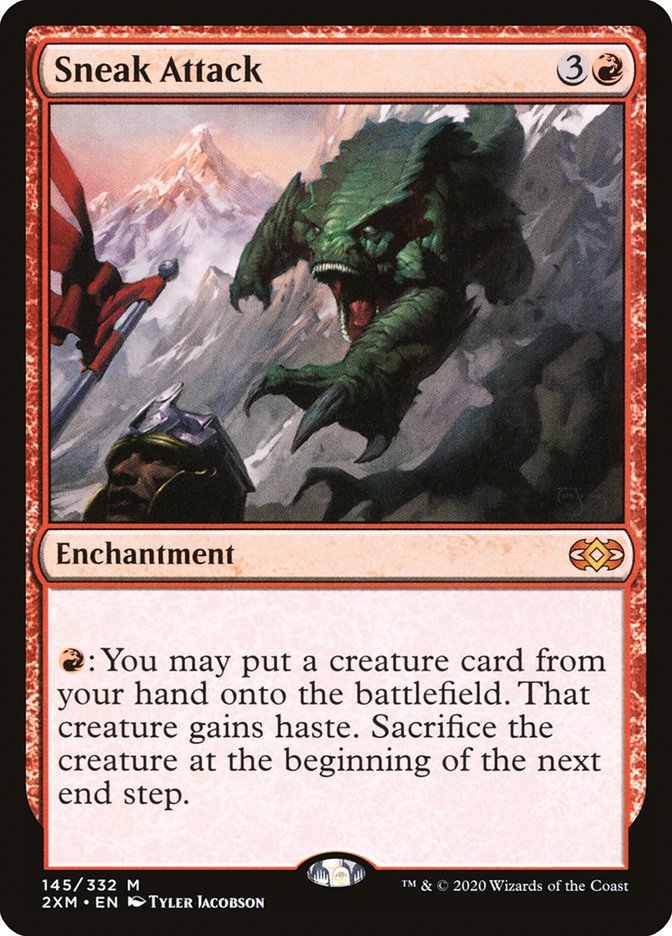
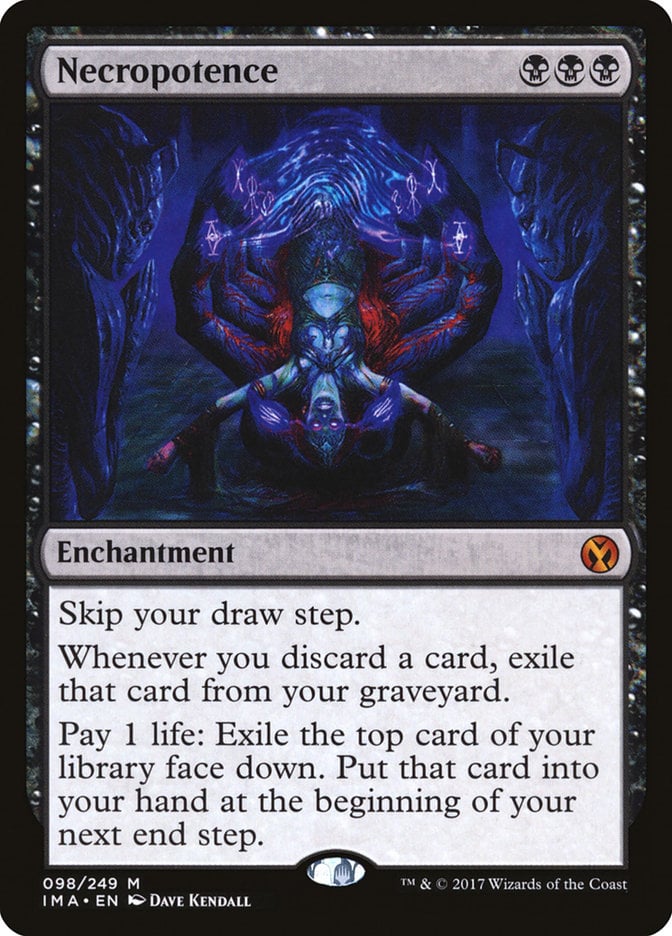
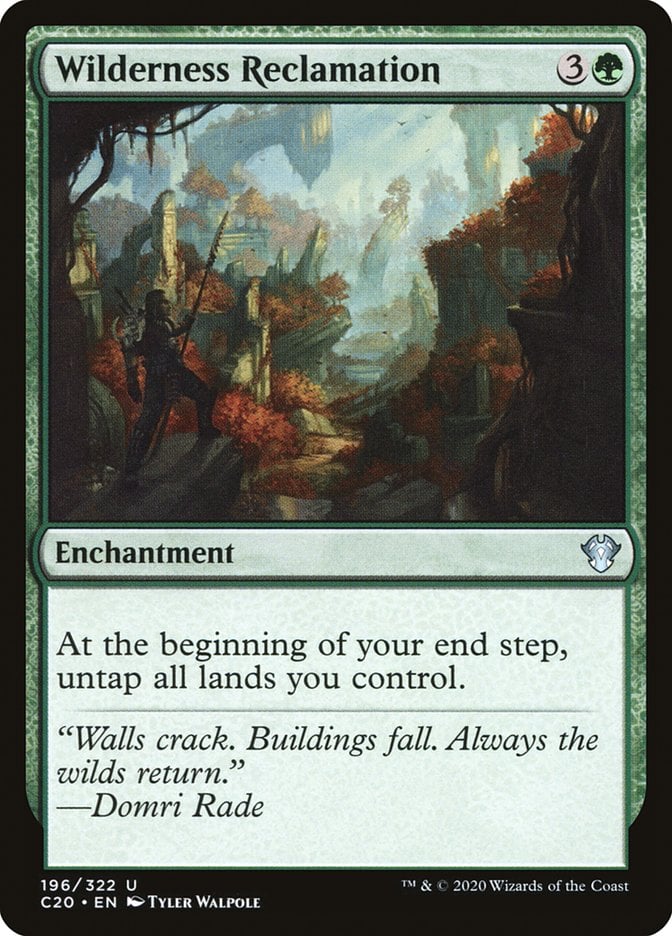
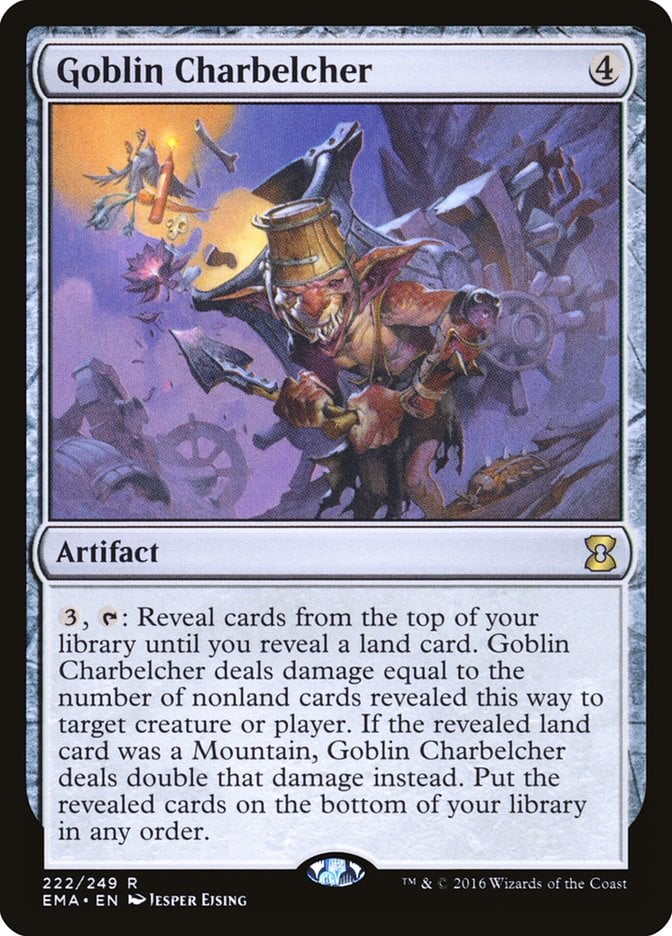
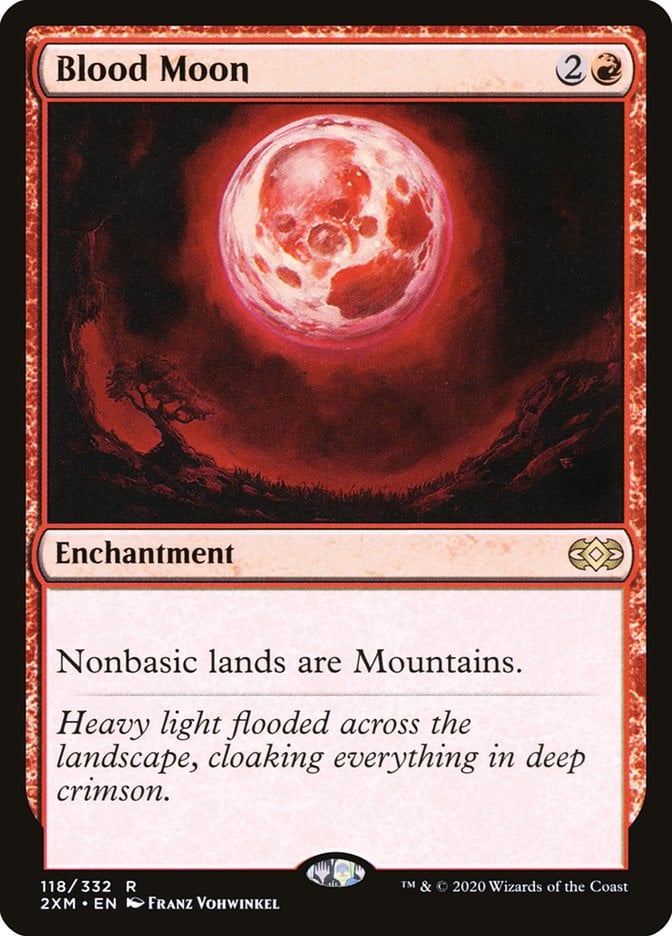
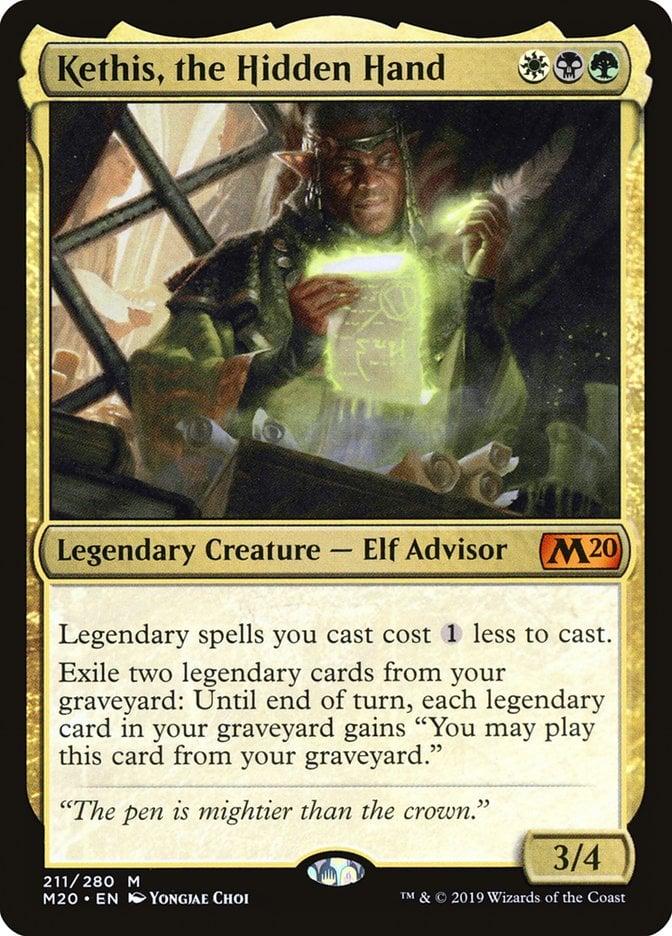
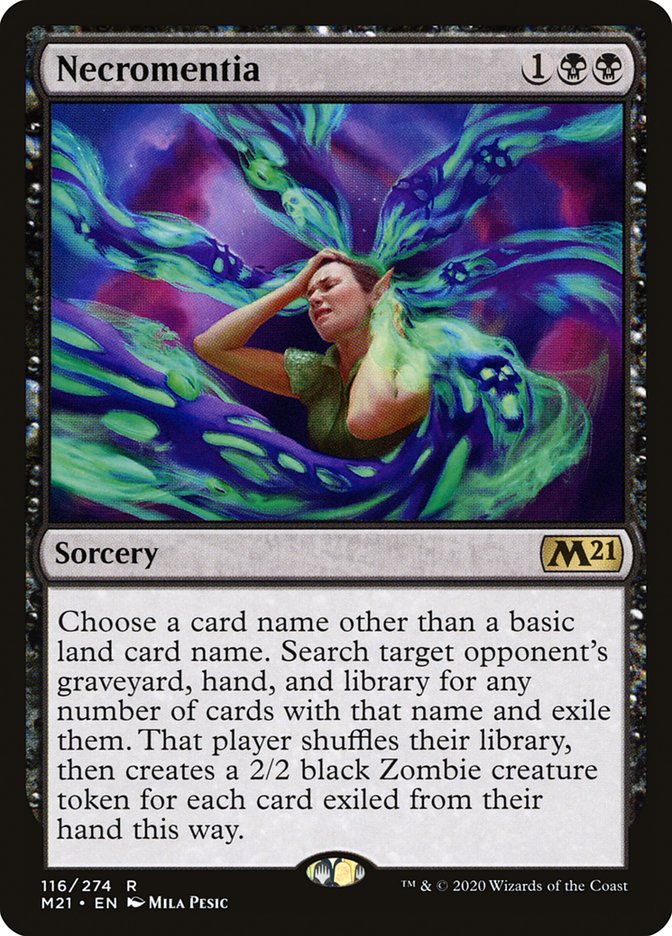


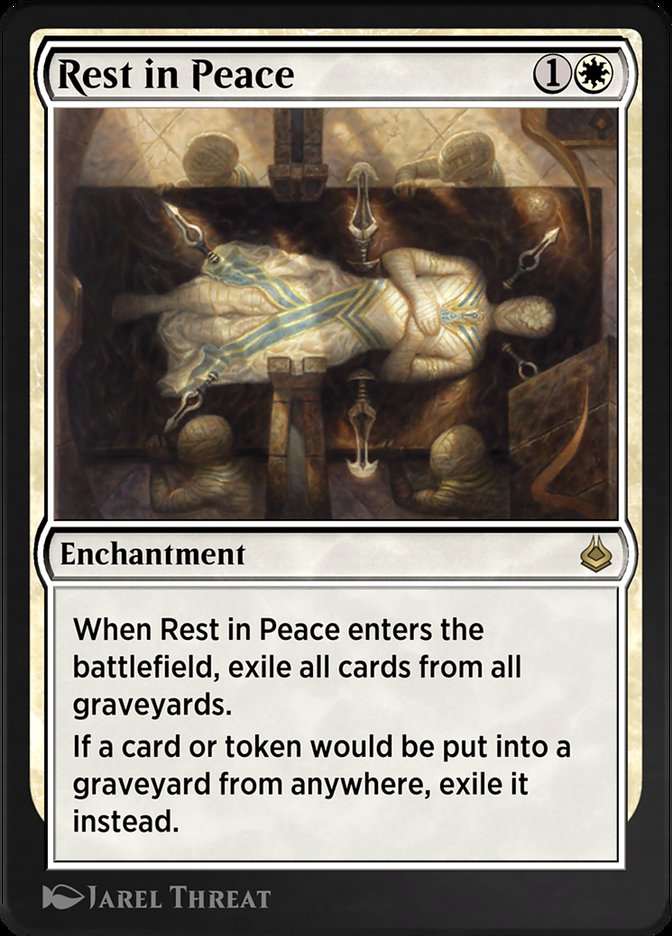
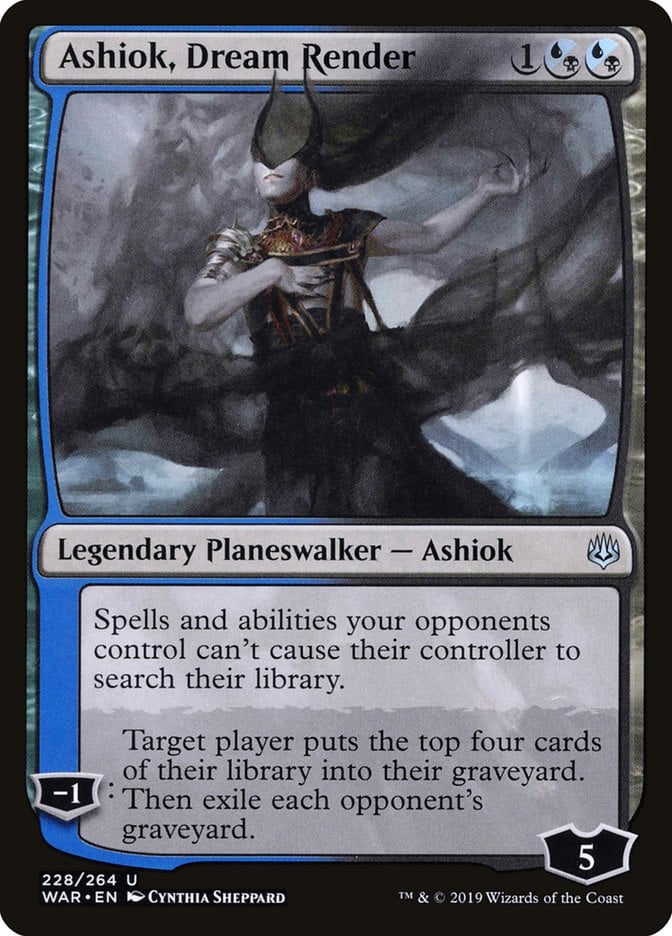
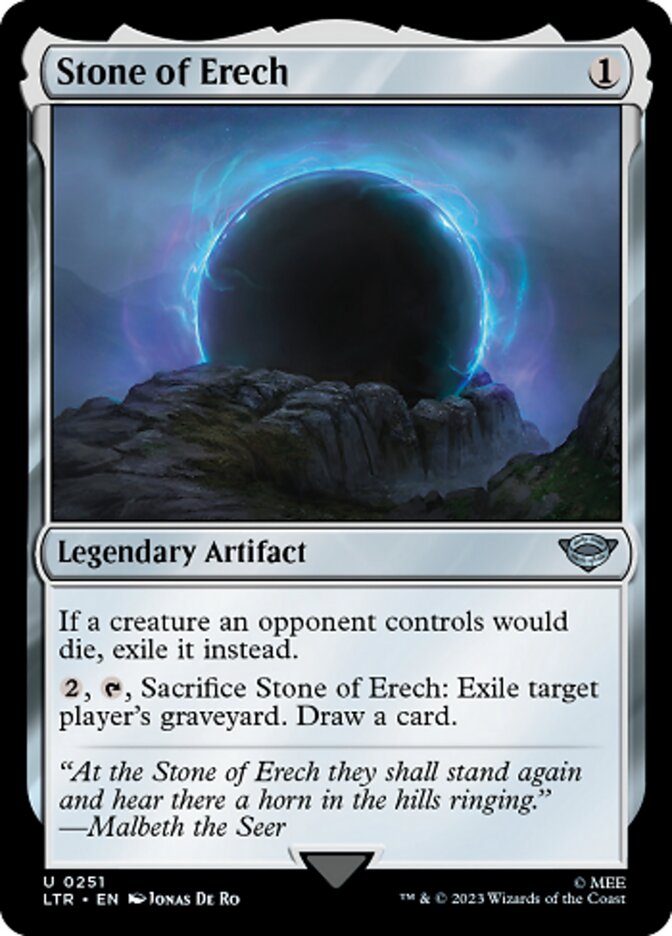


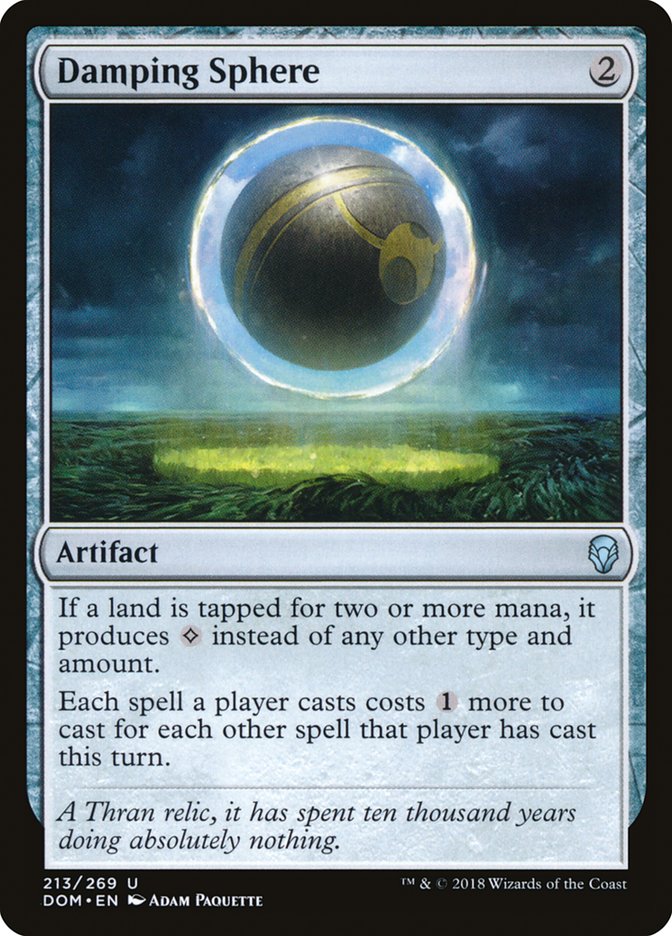


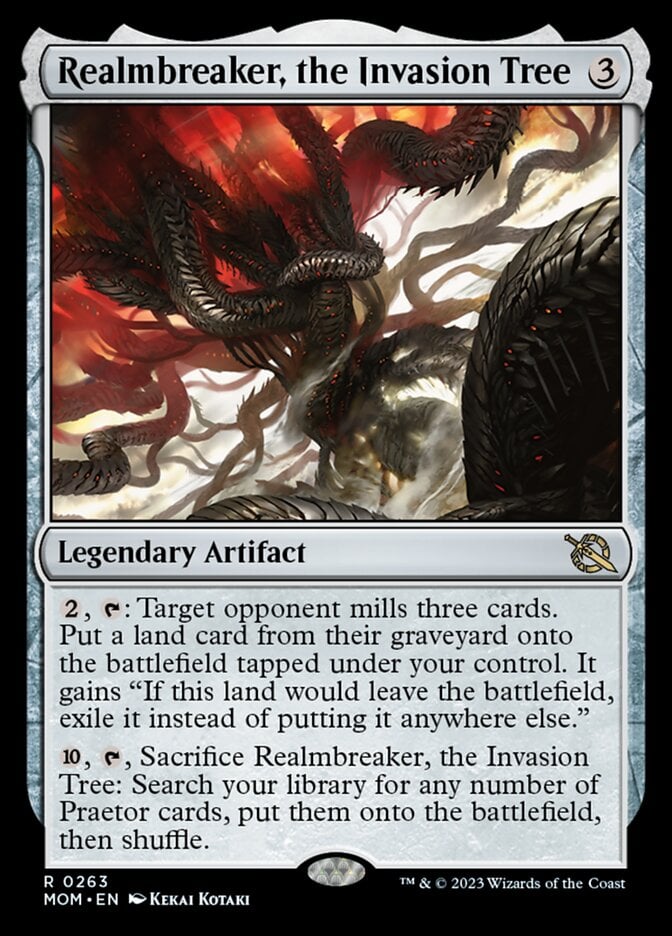
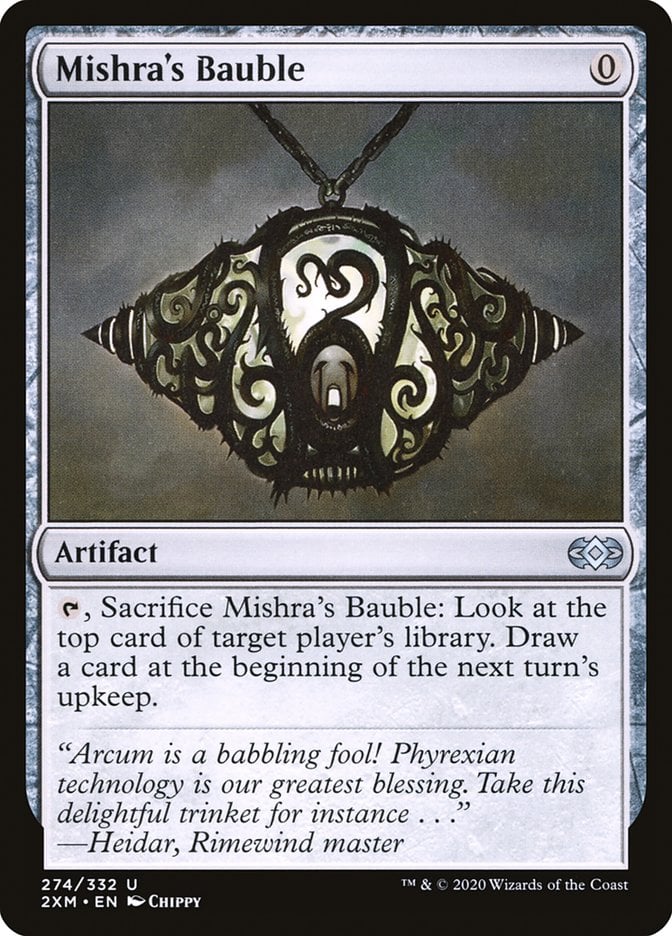
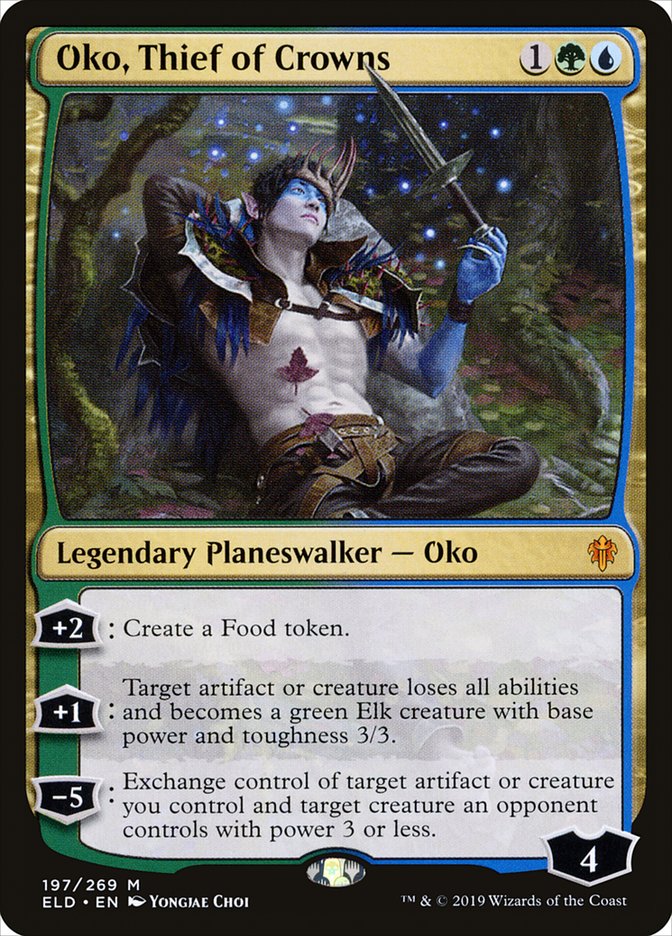
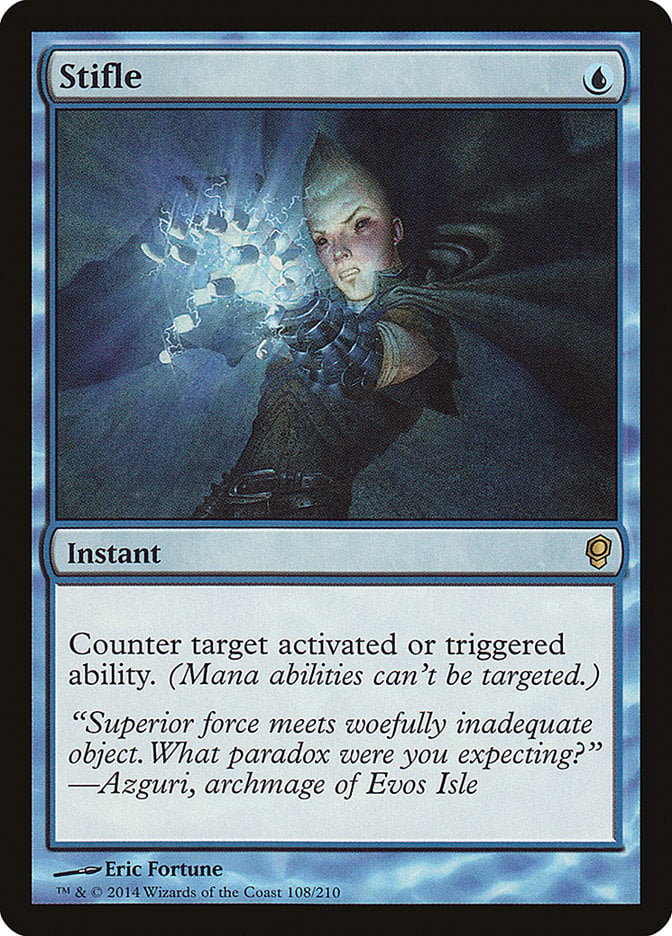
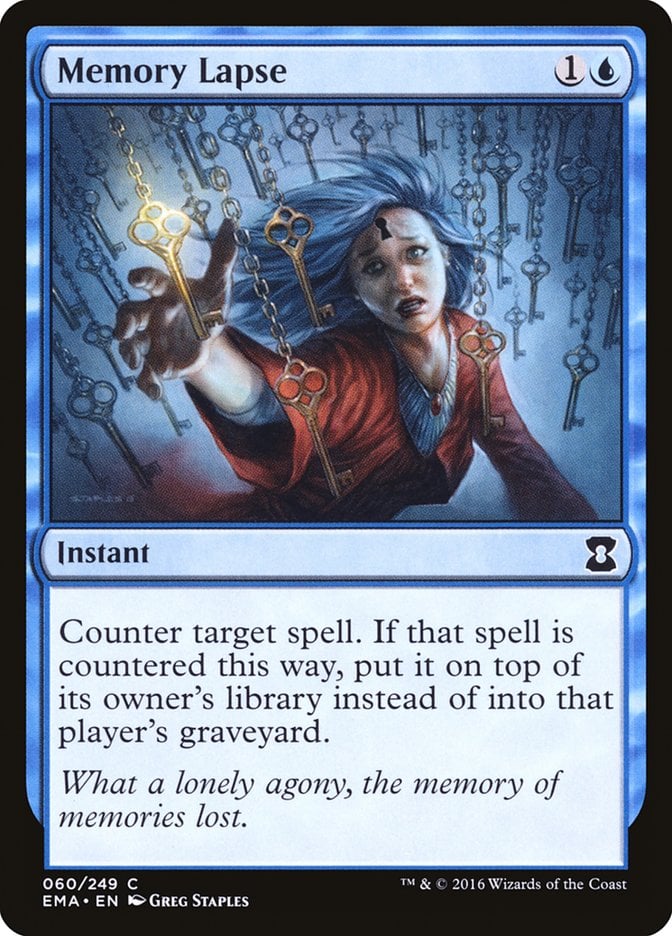
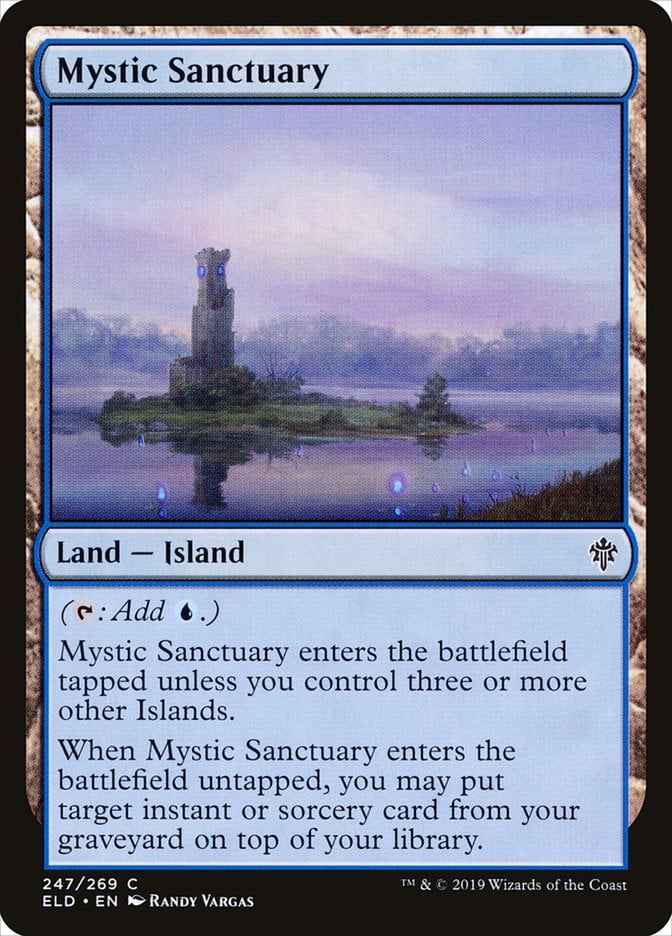

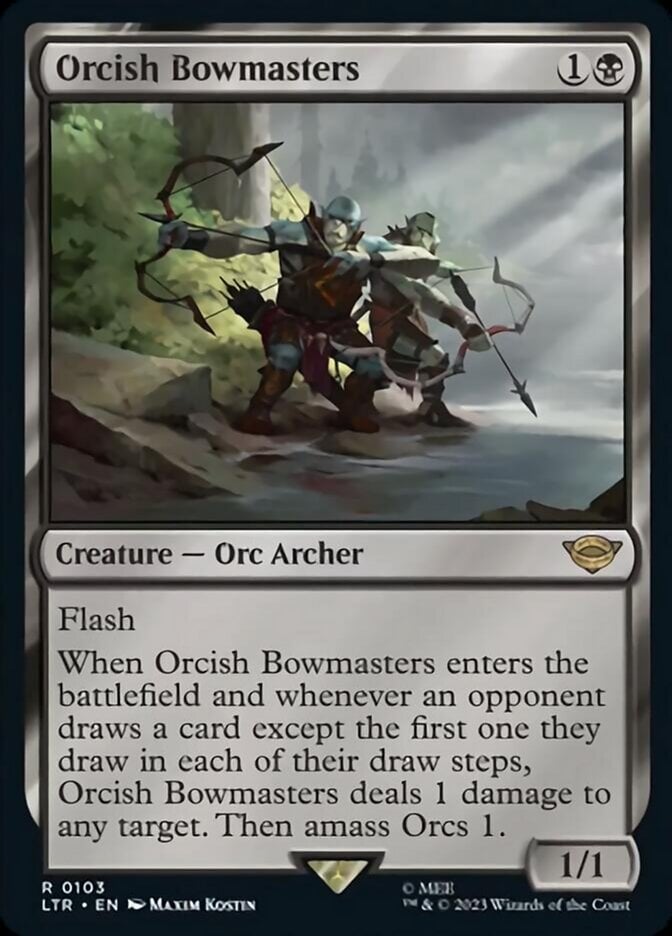
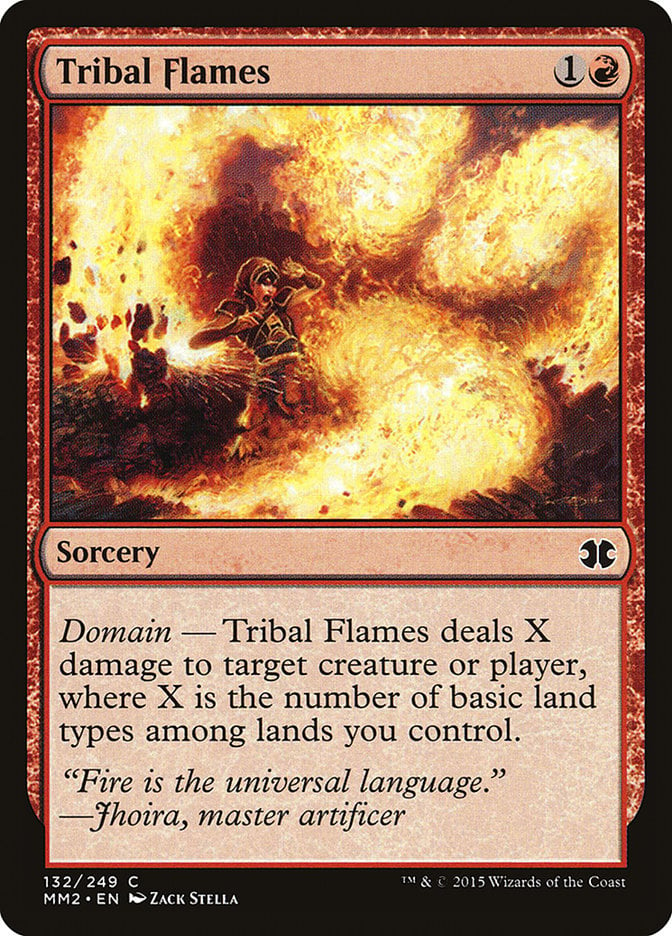
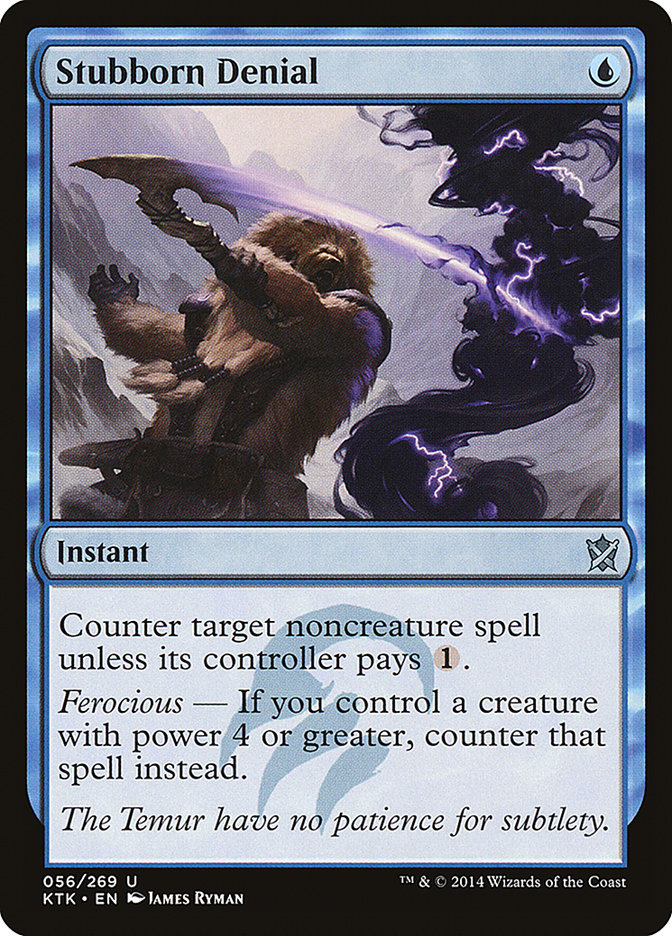
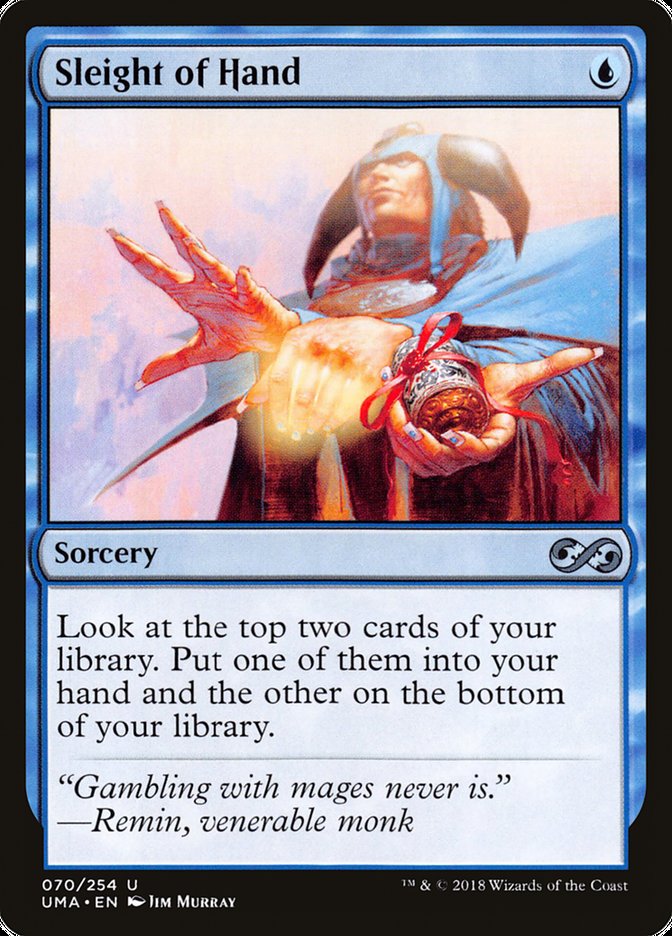
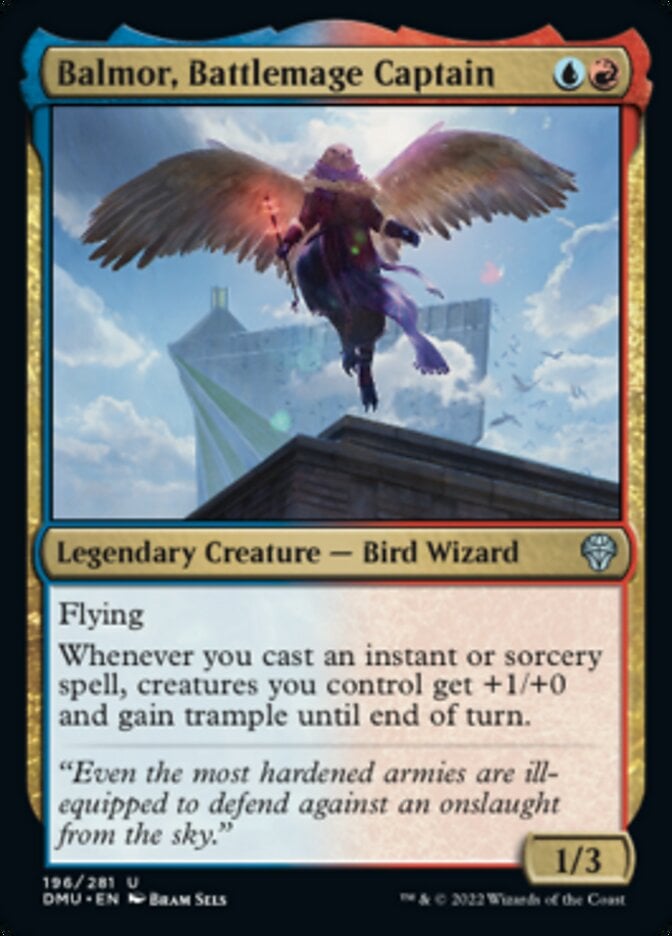
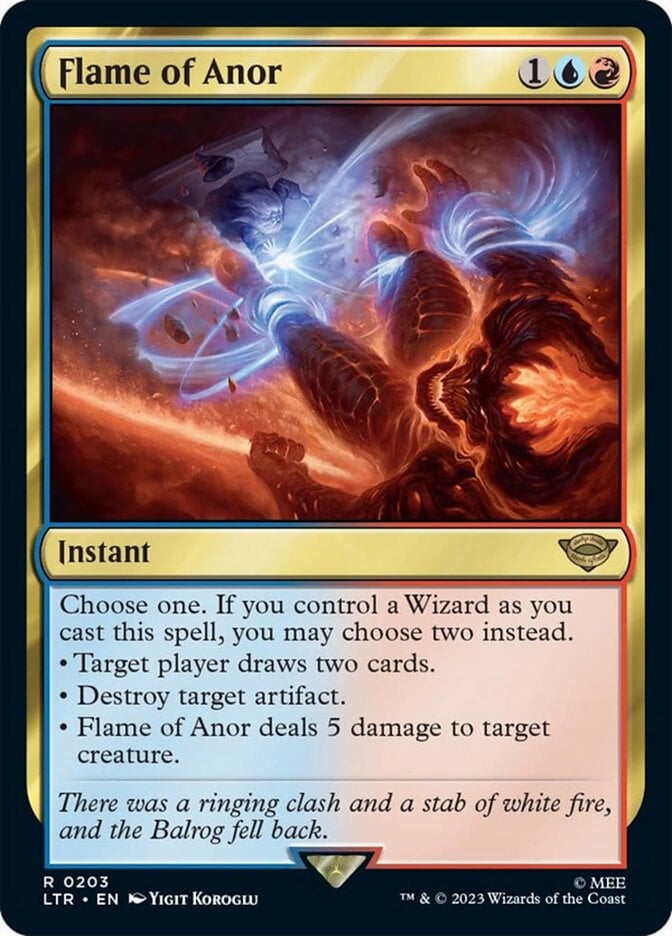
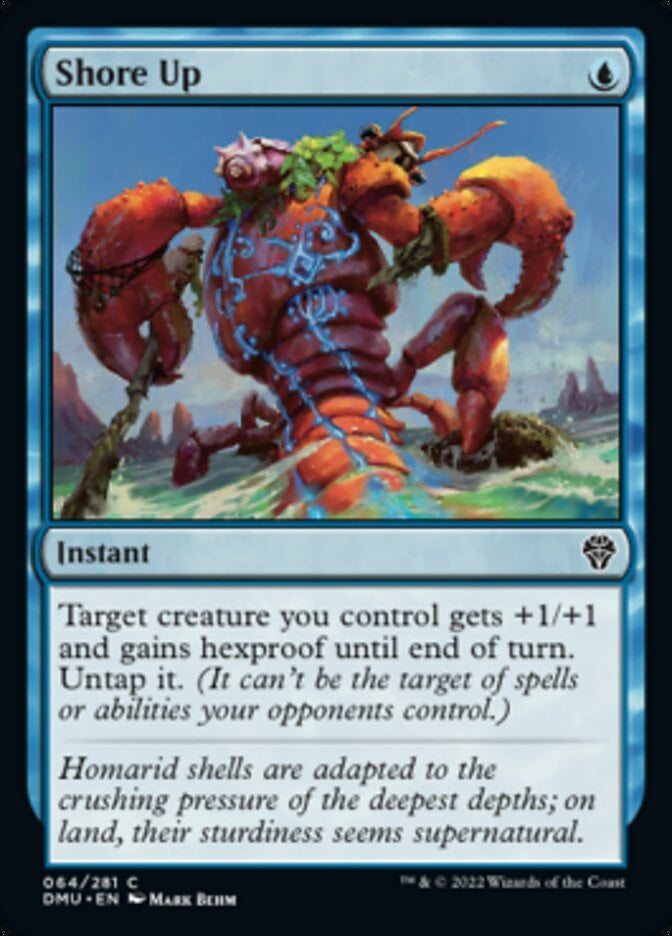
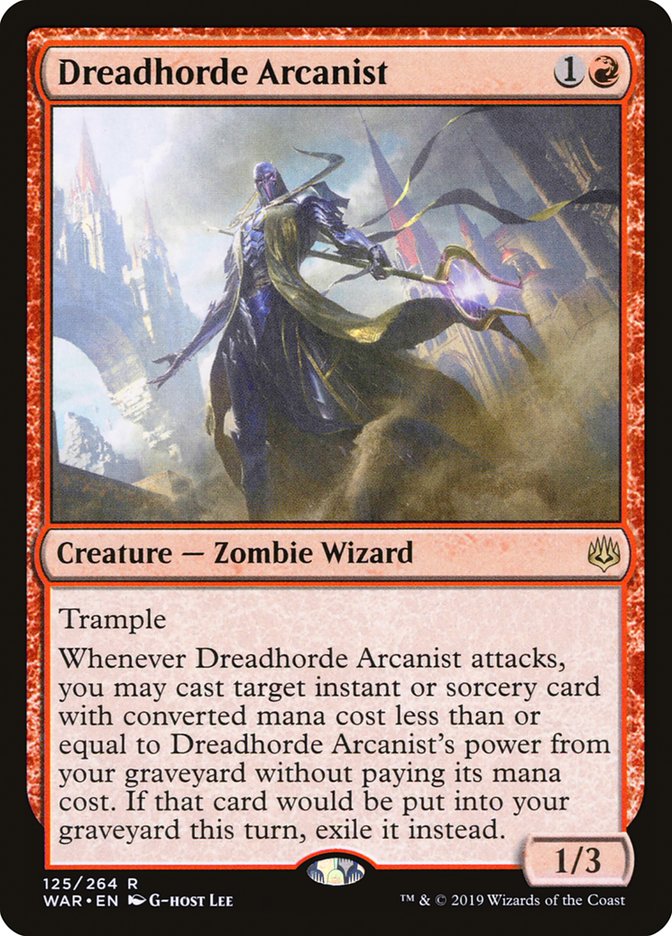

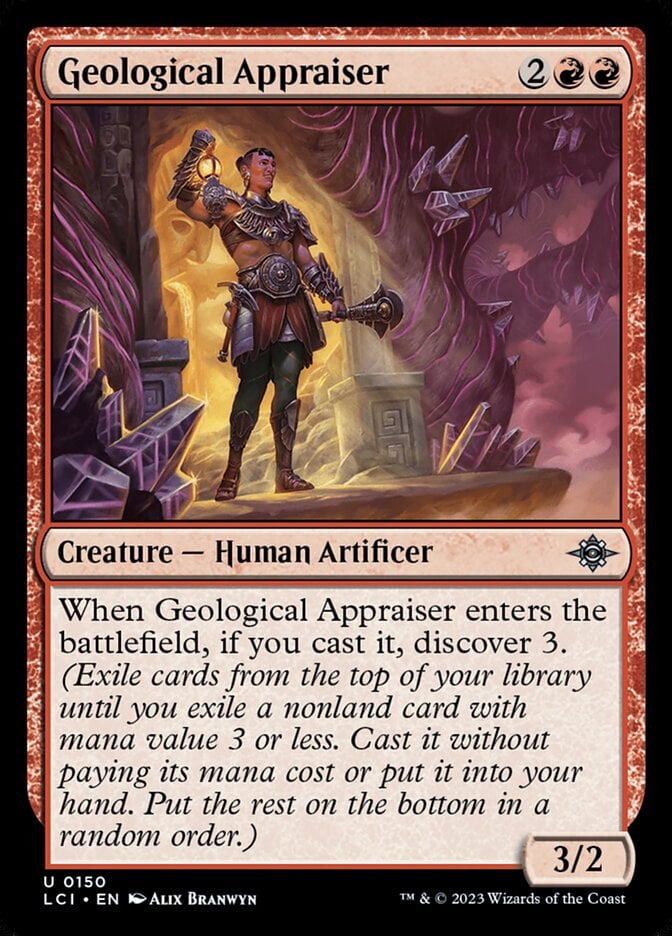


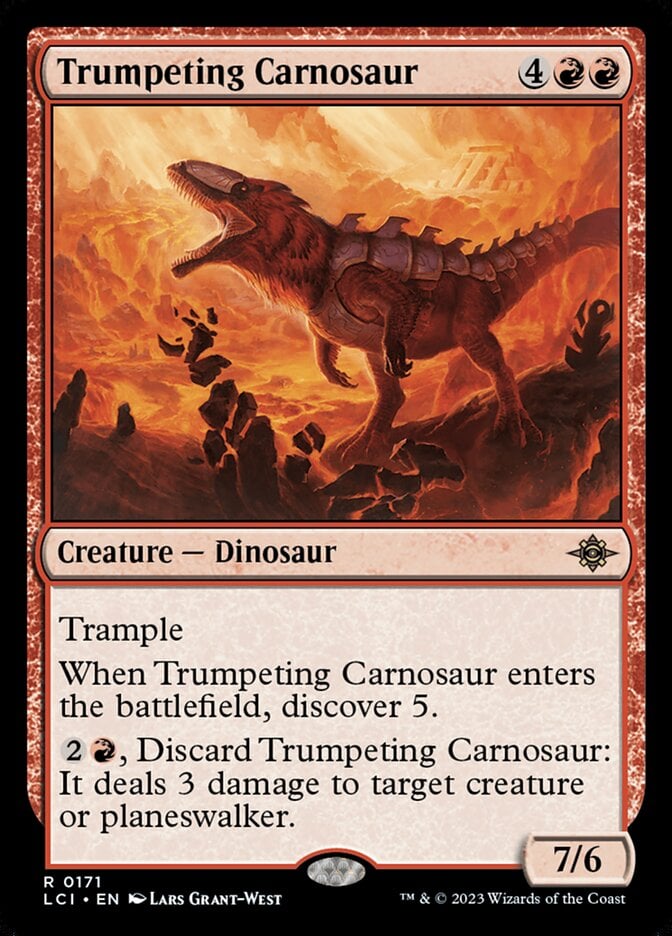

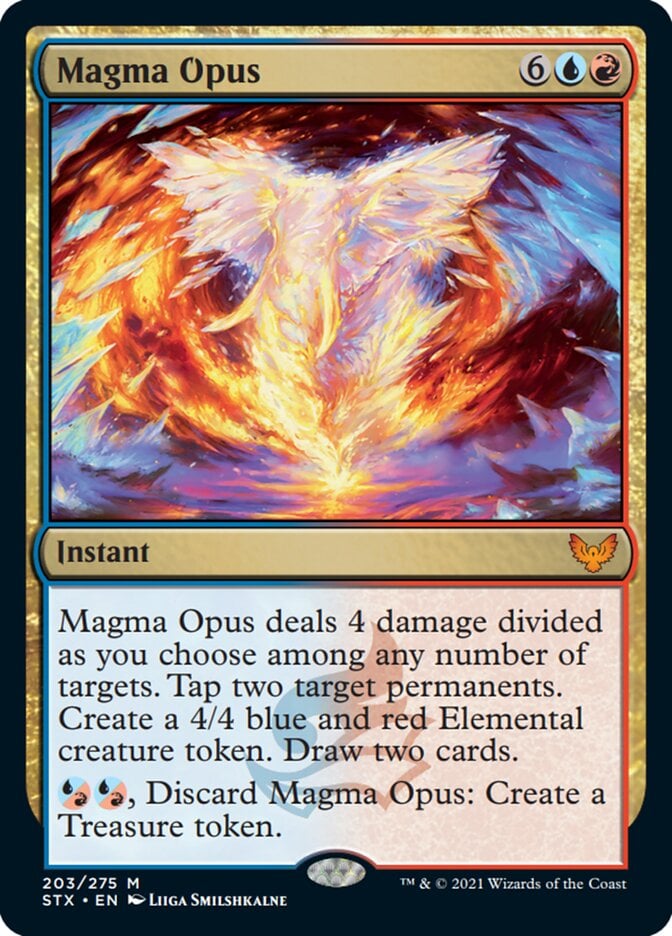
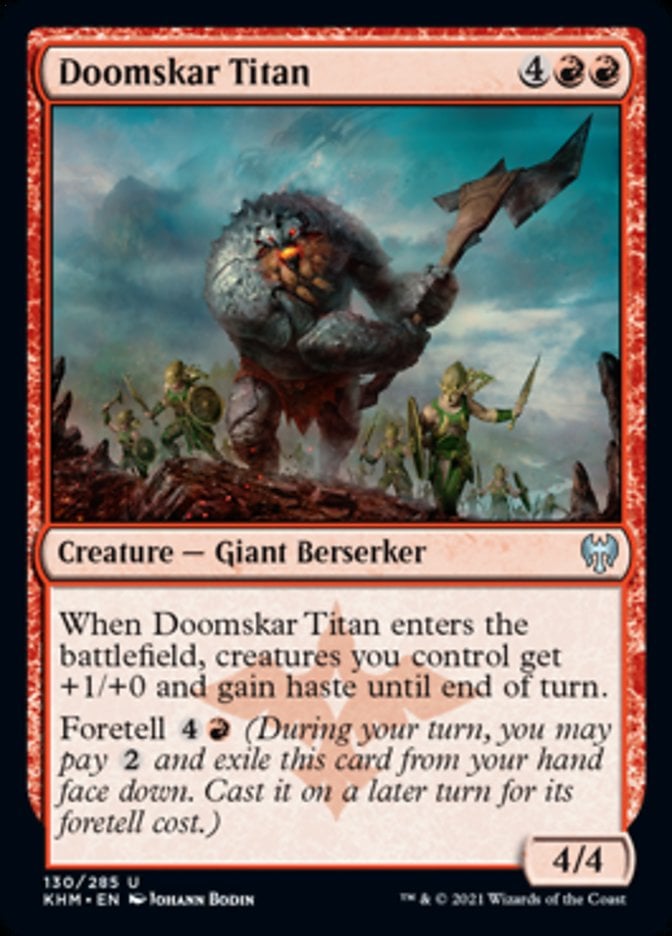
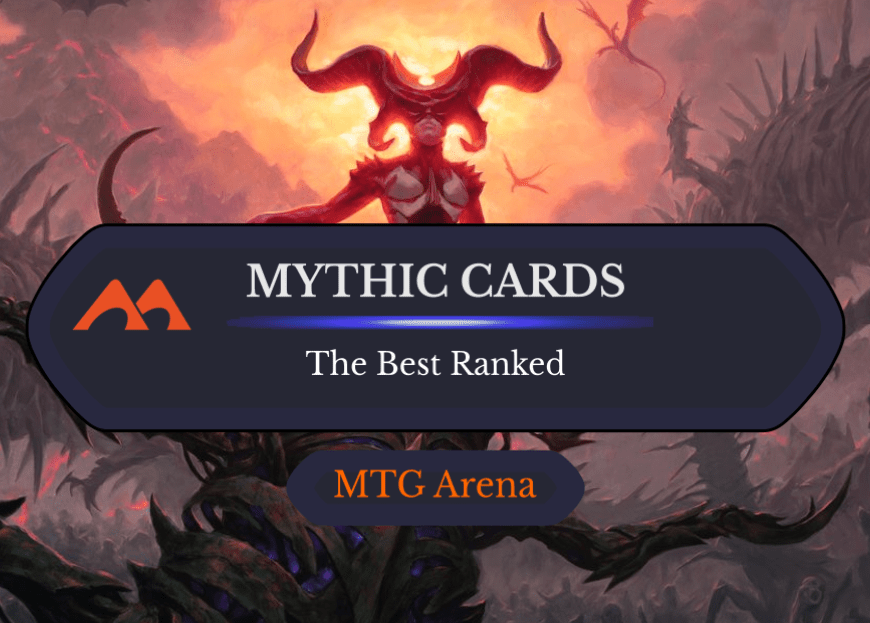
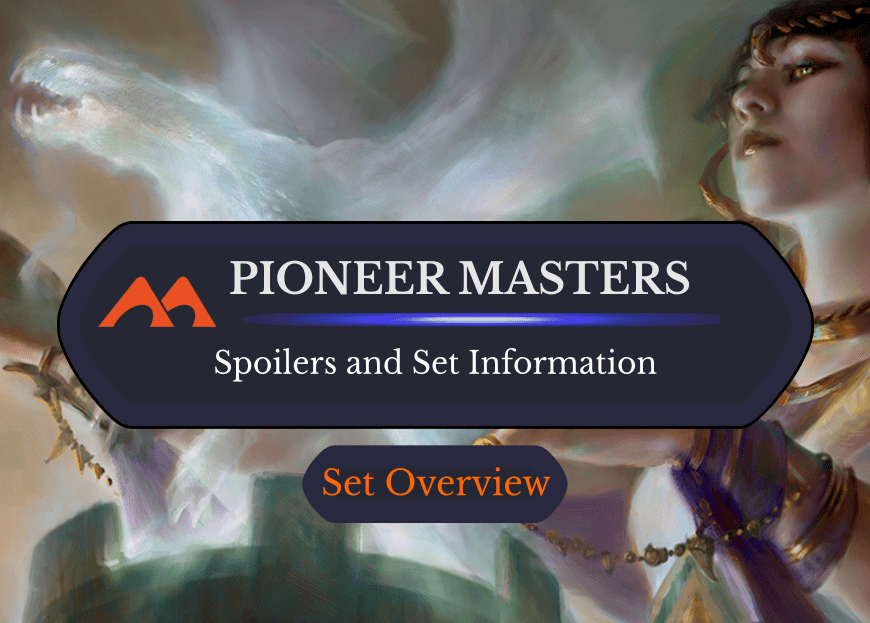
Add Comment